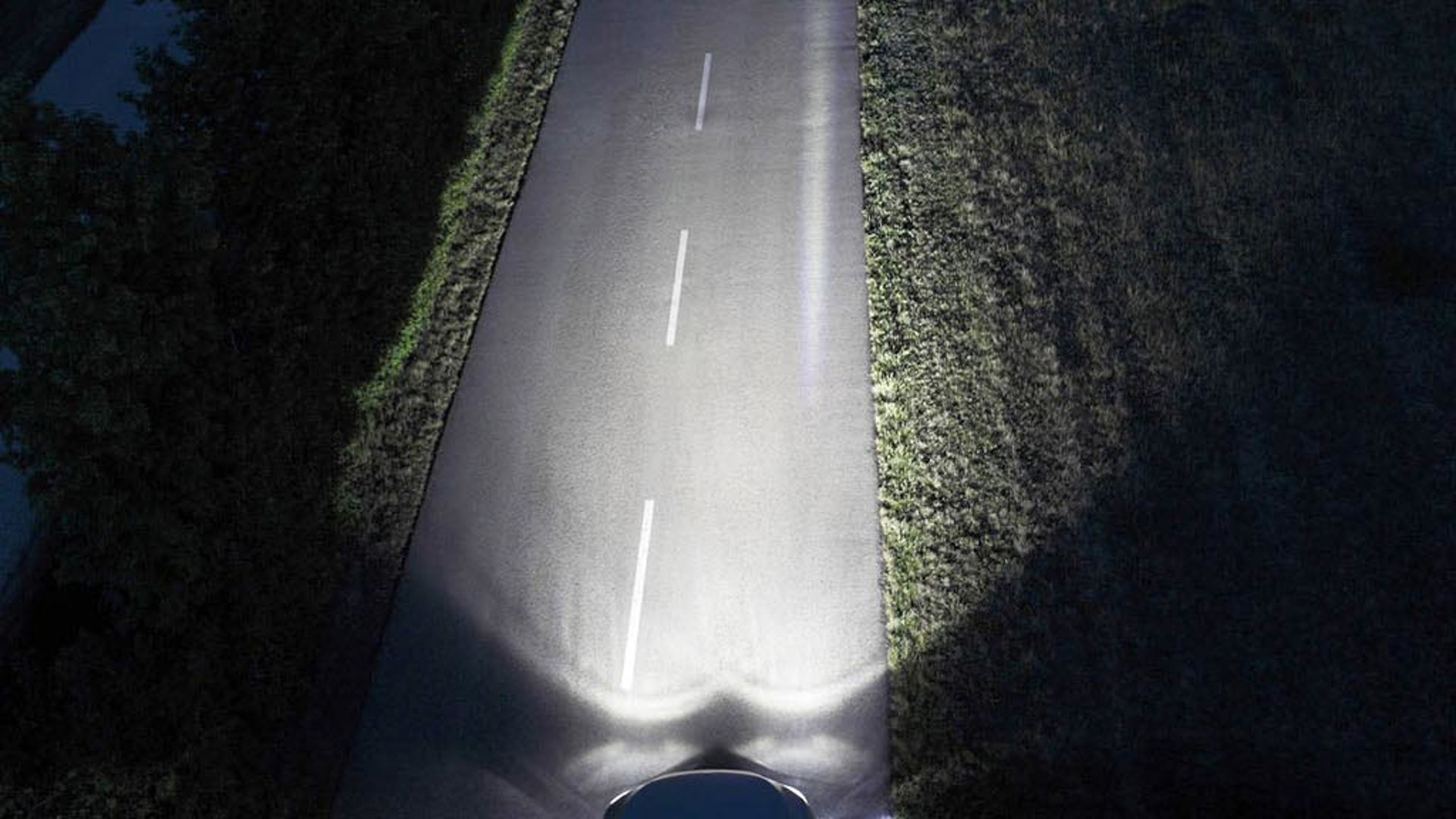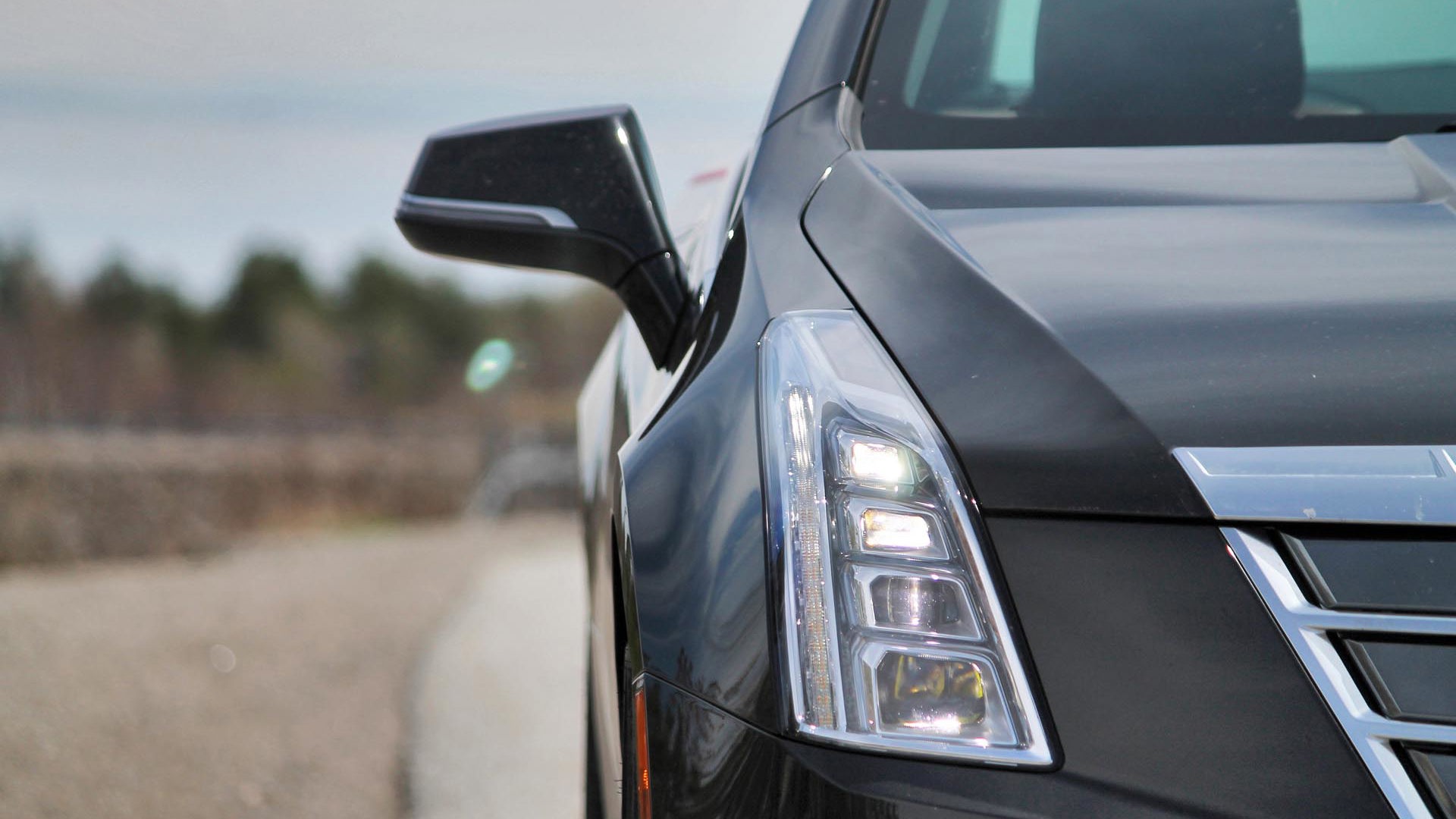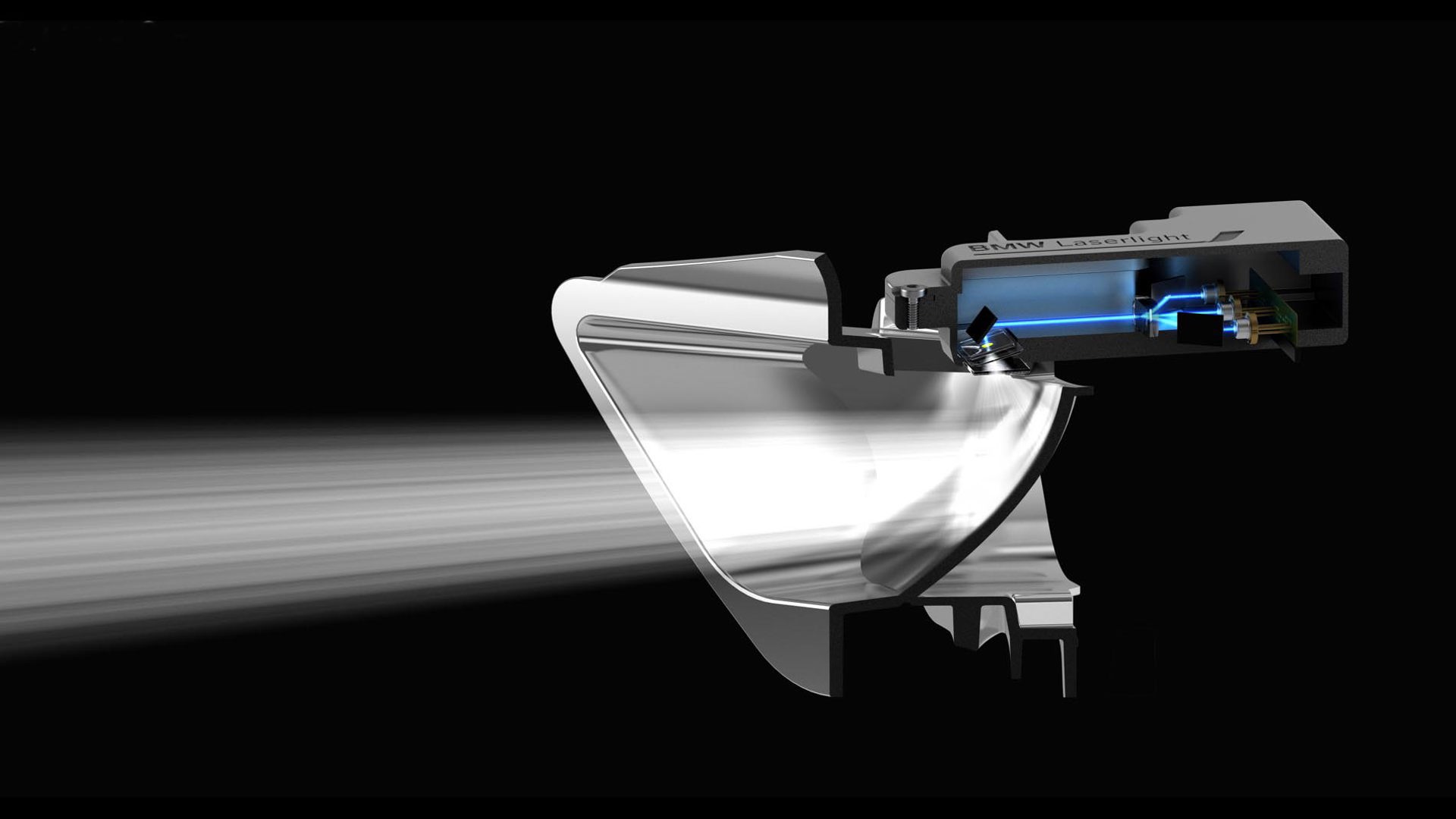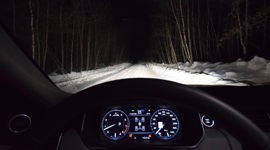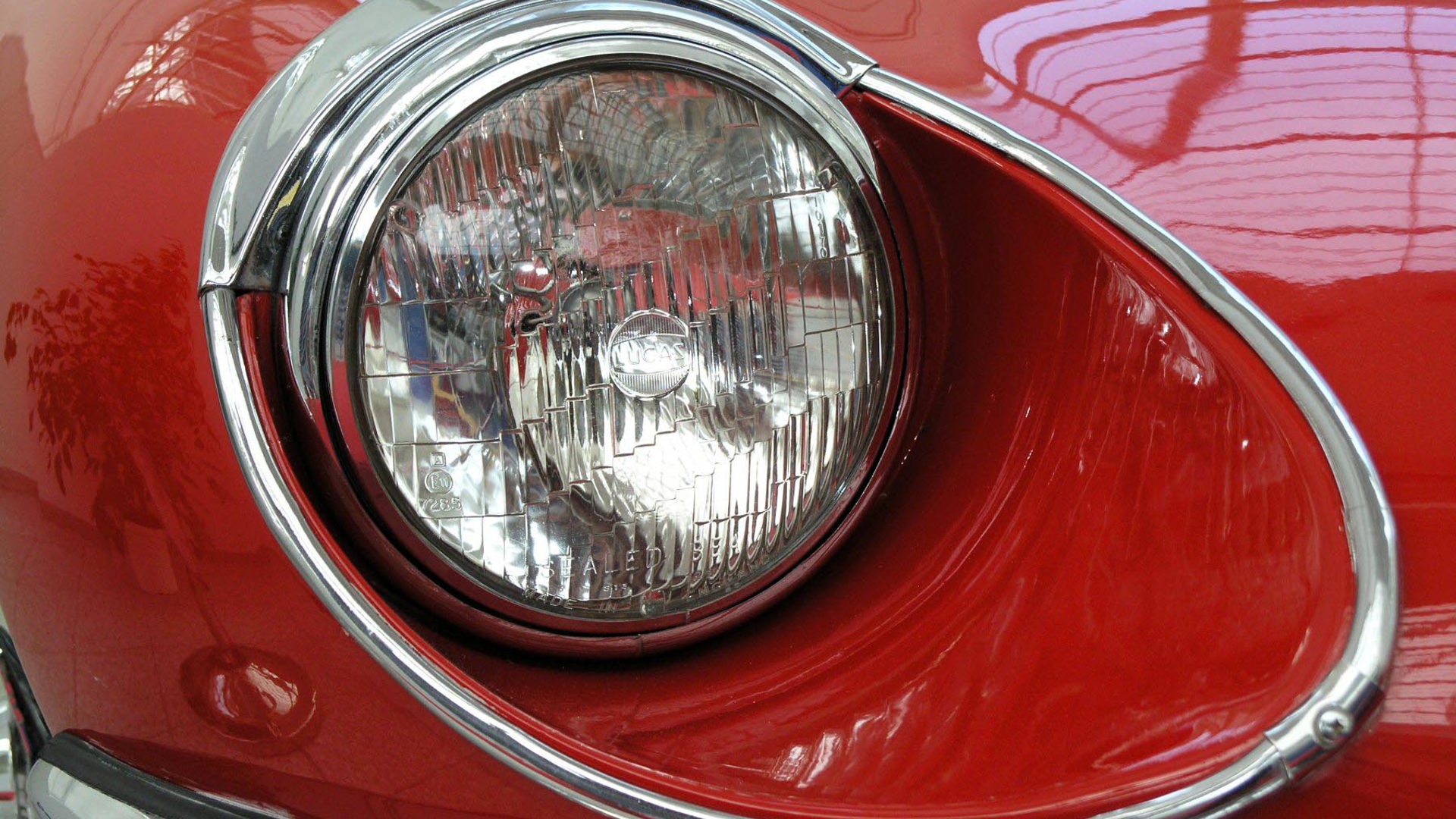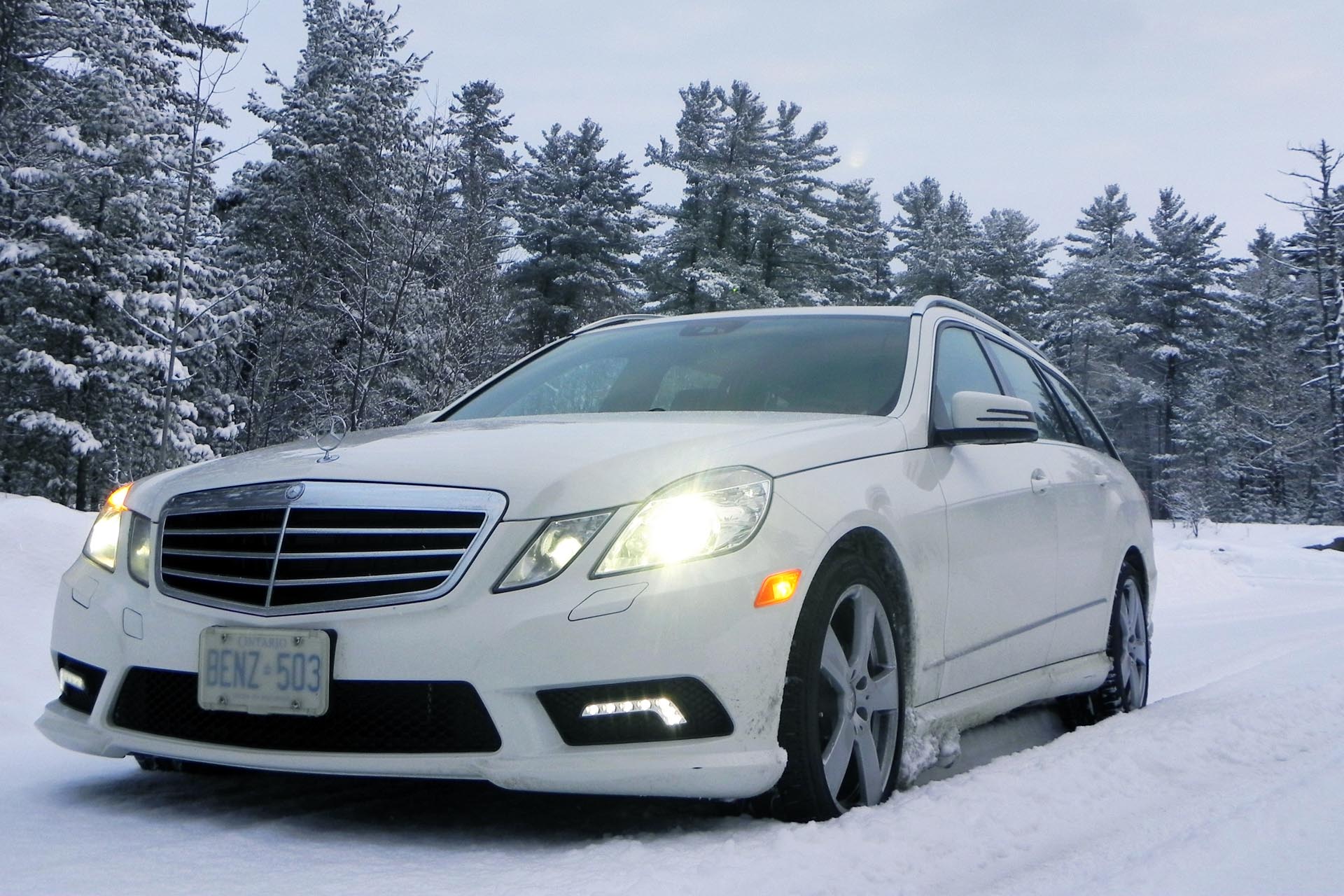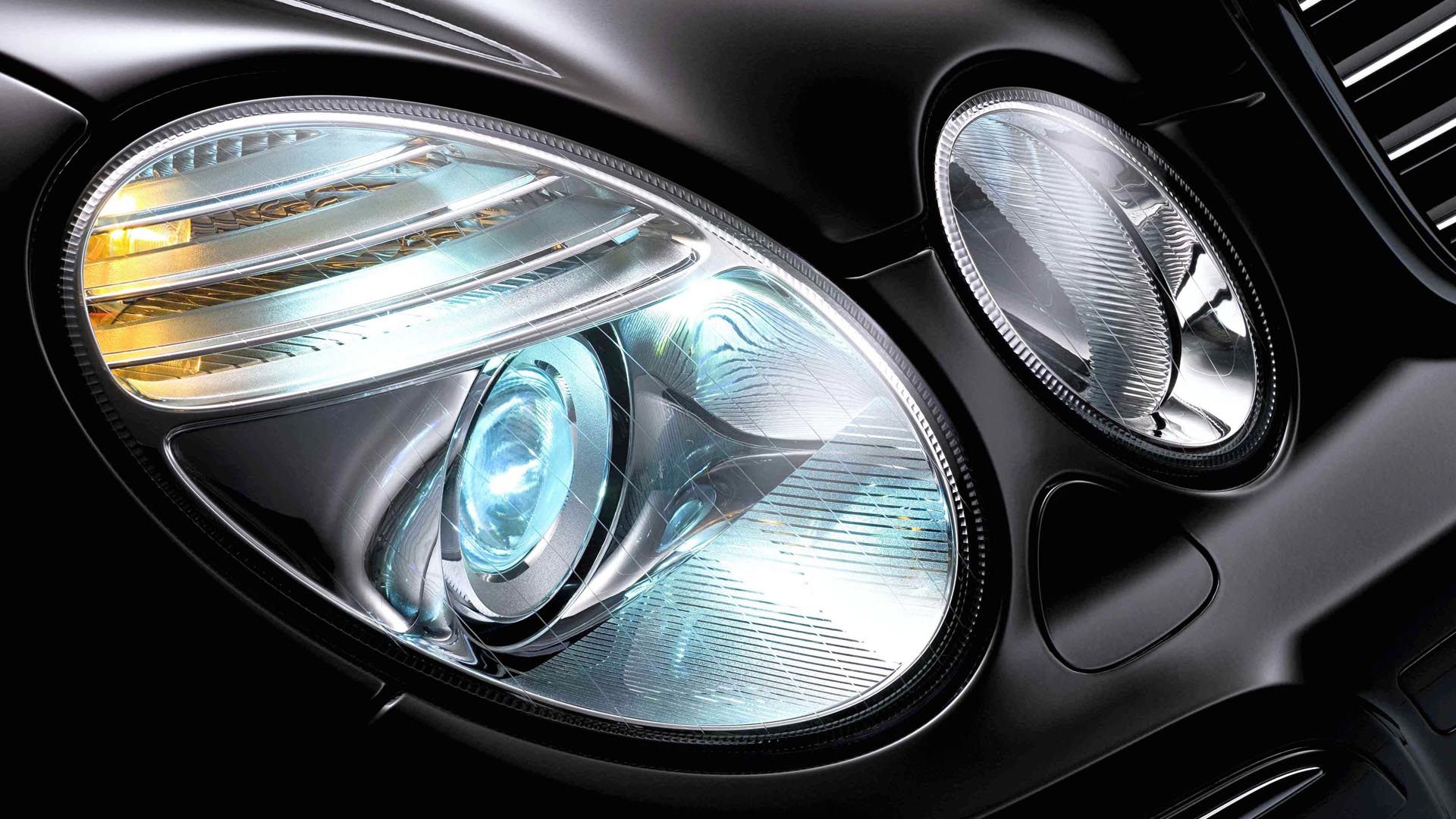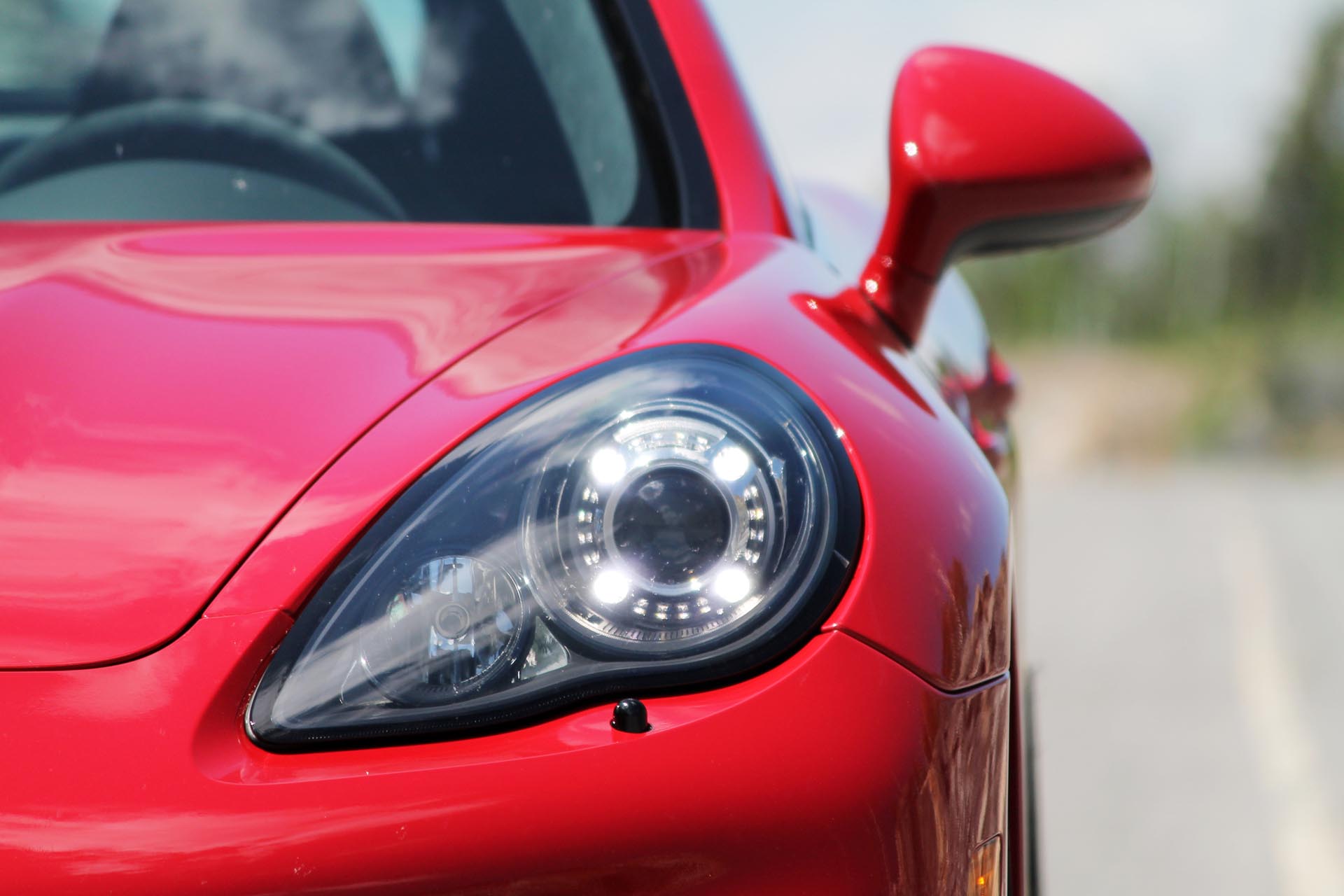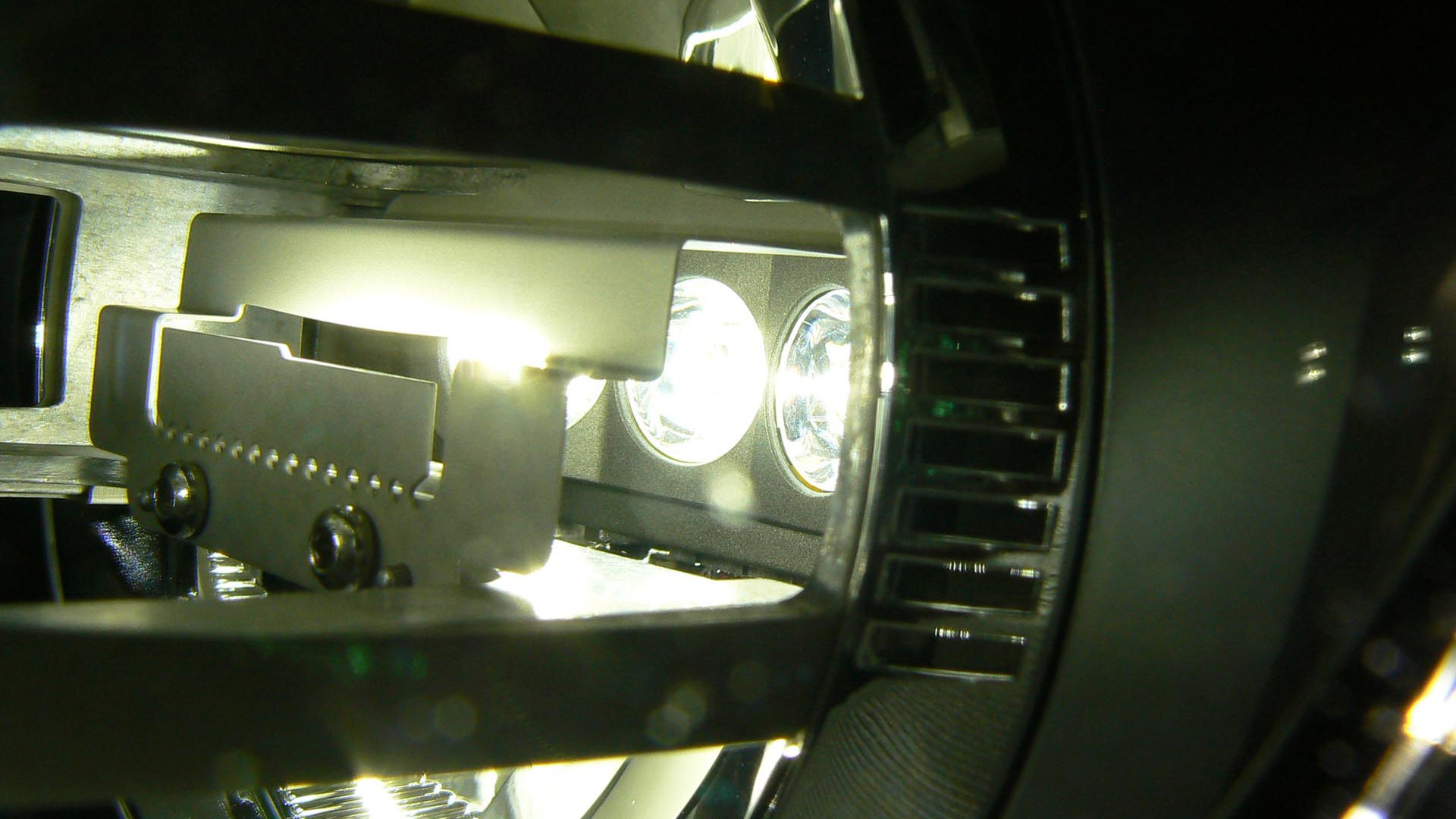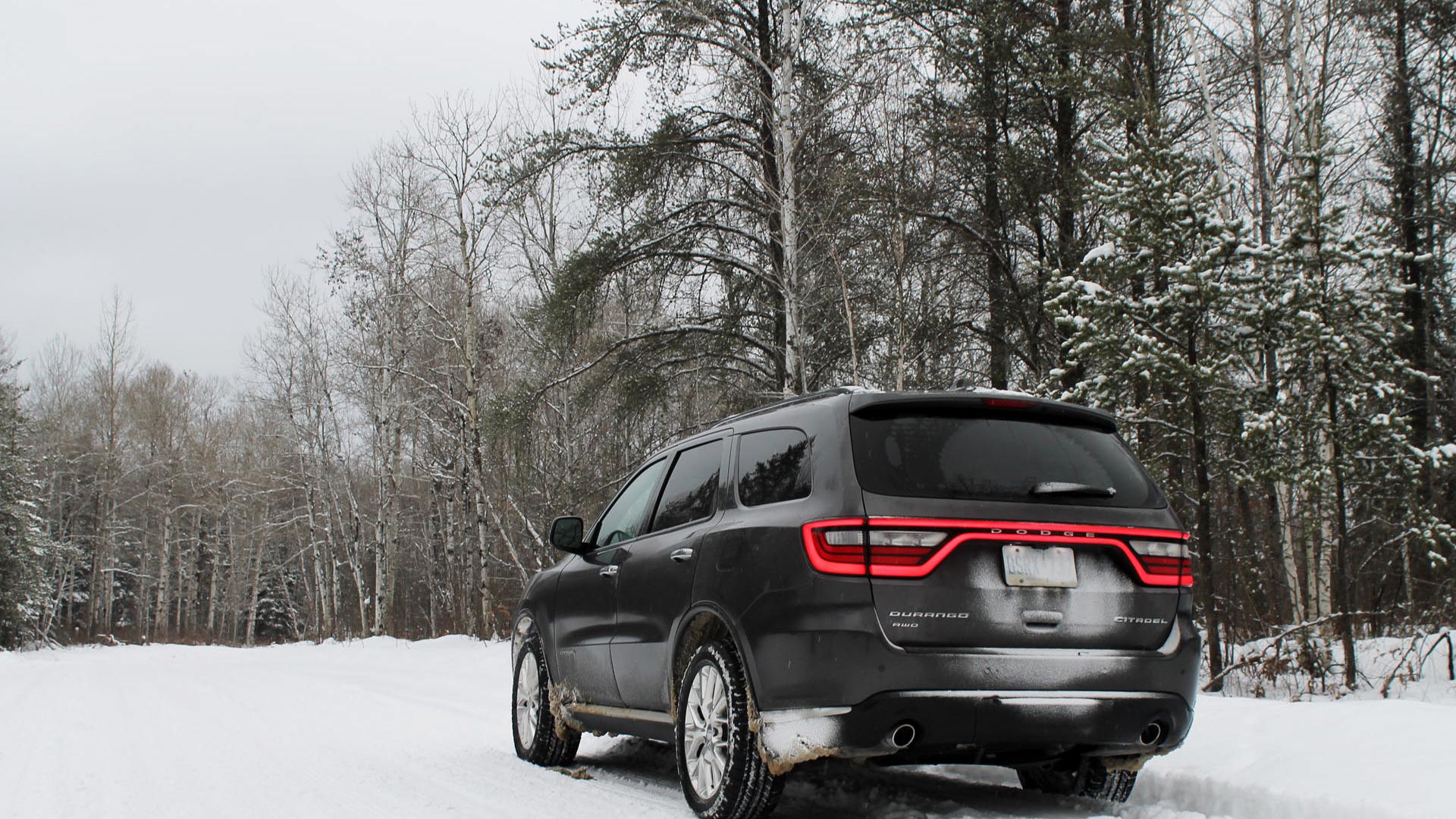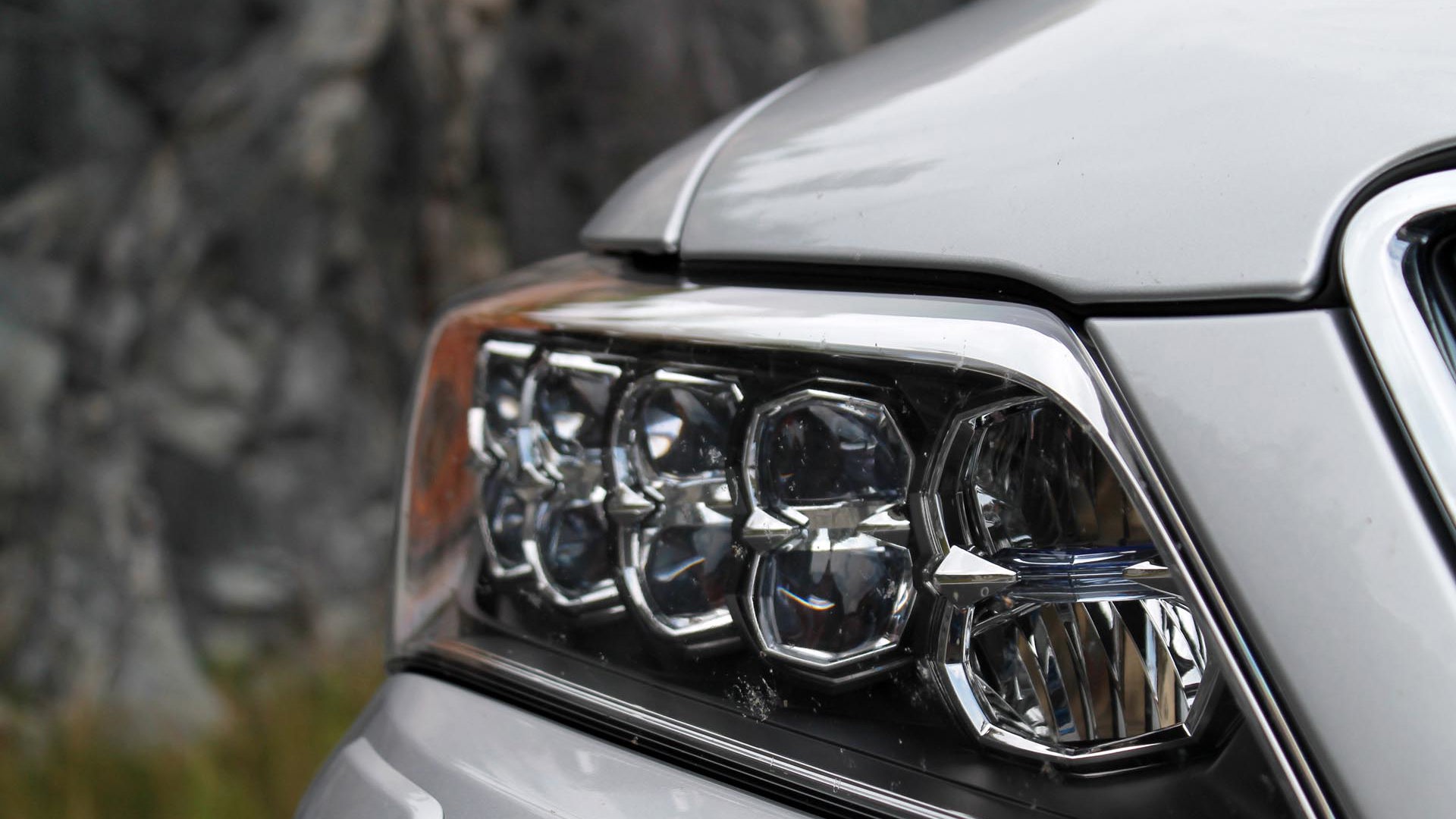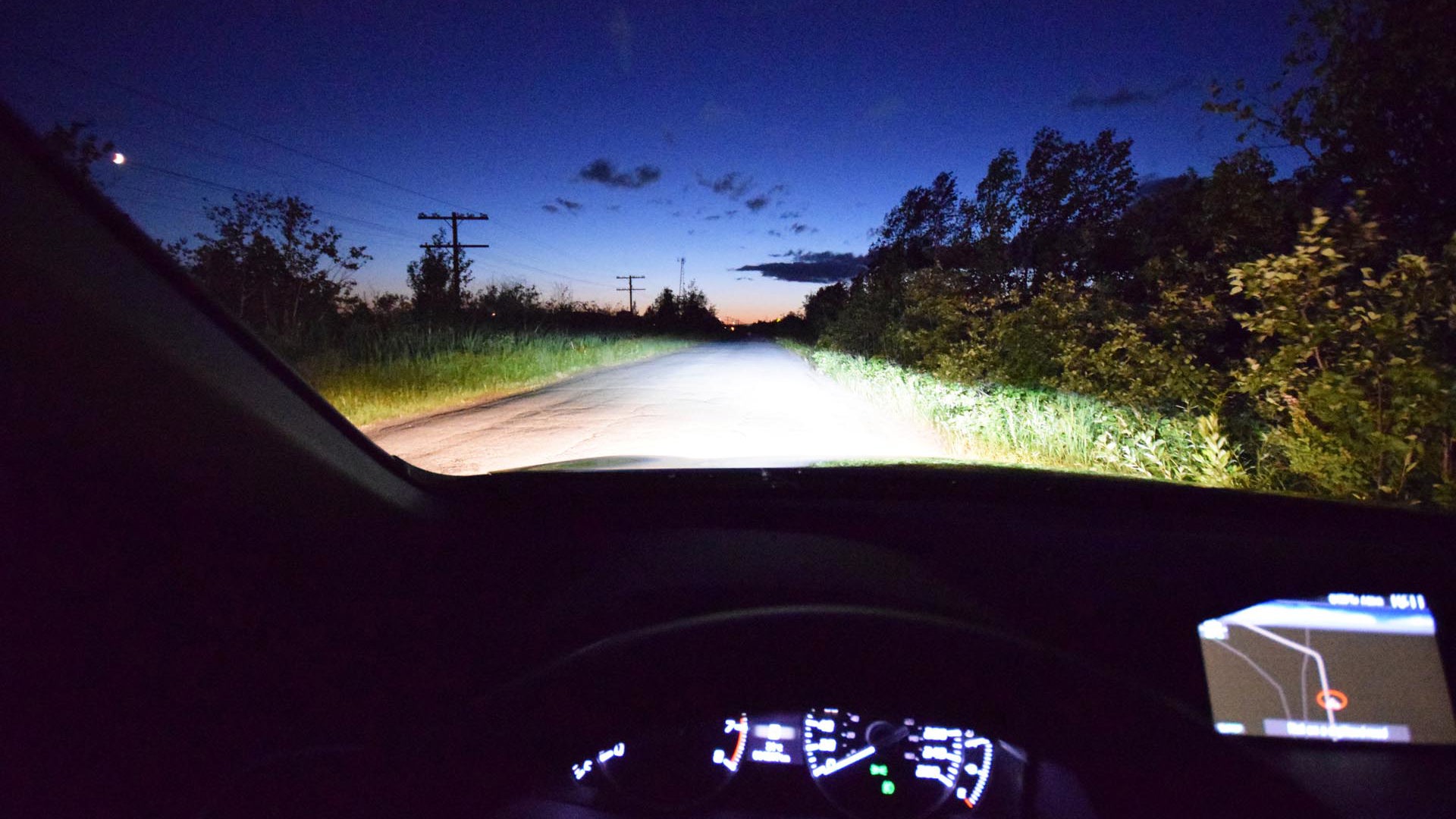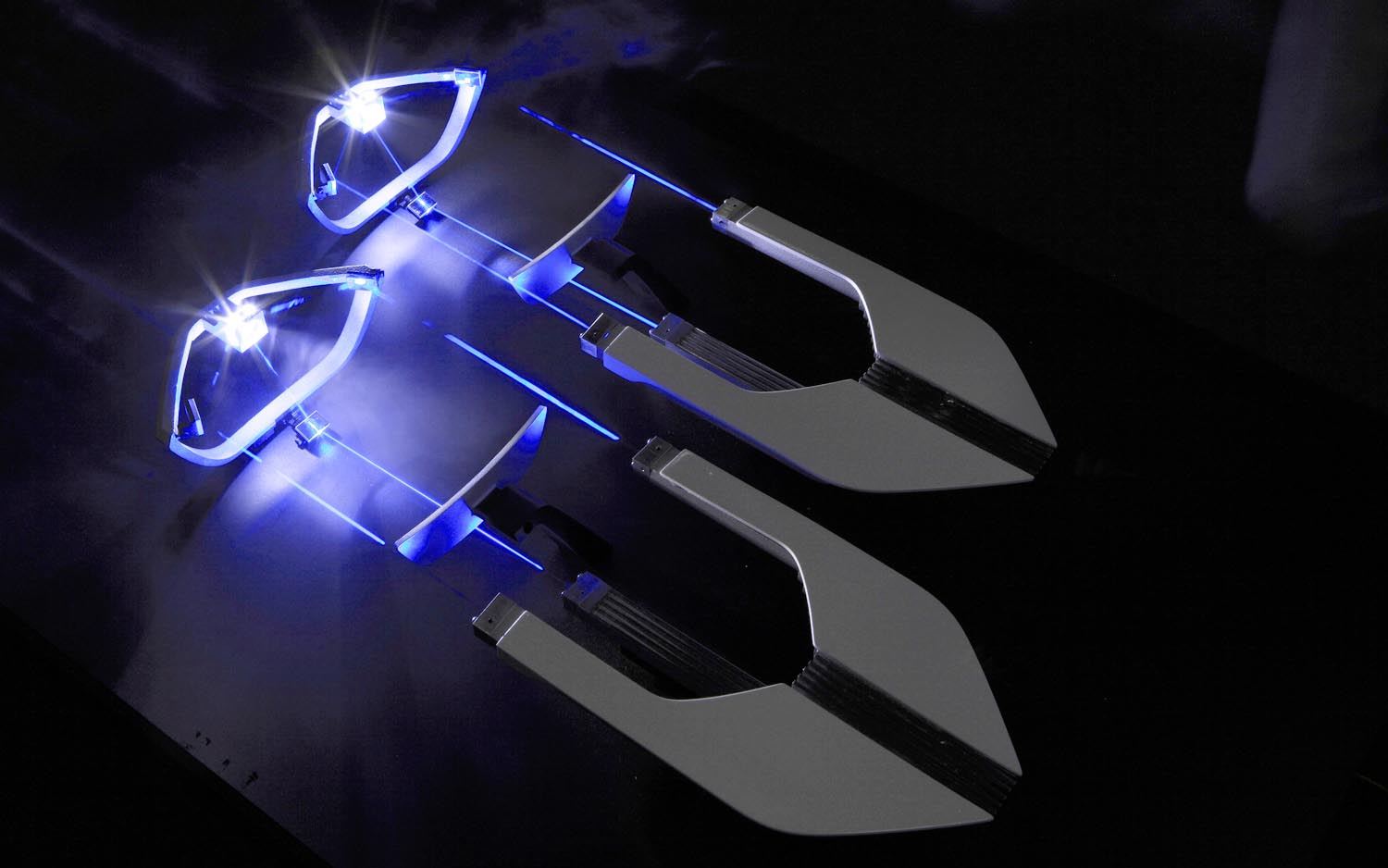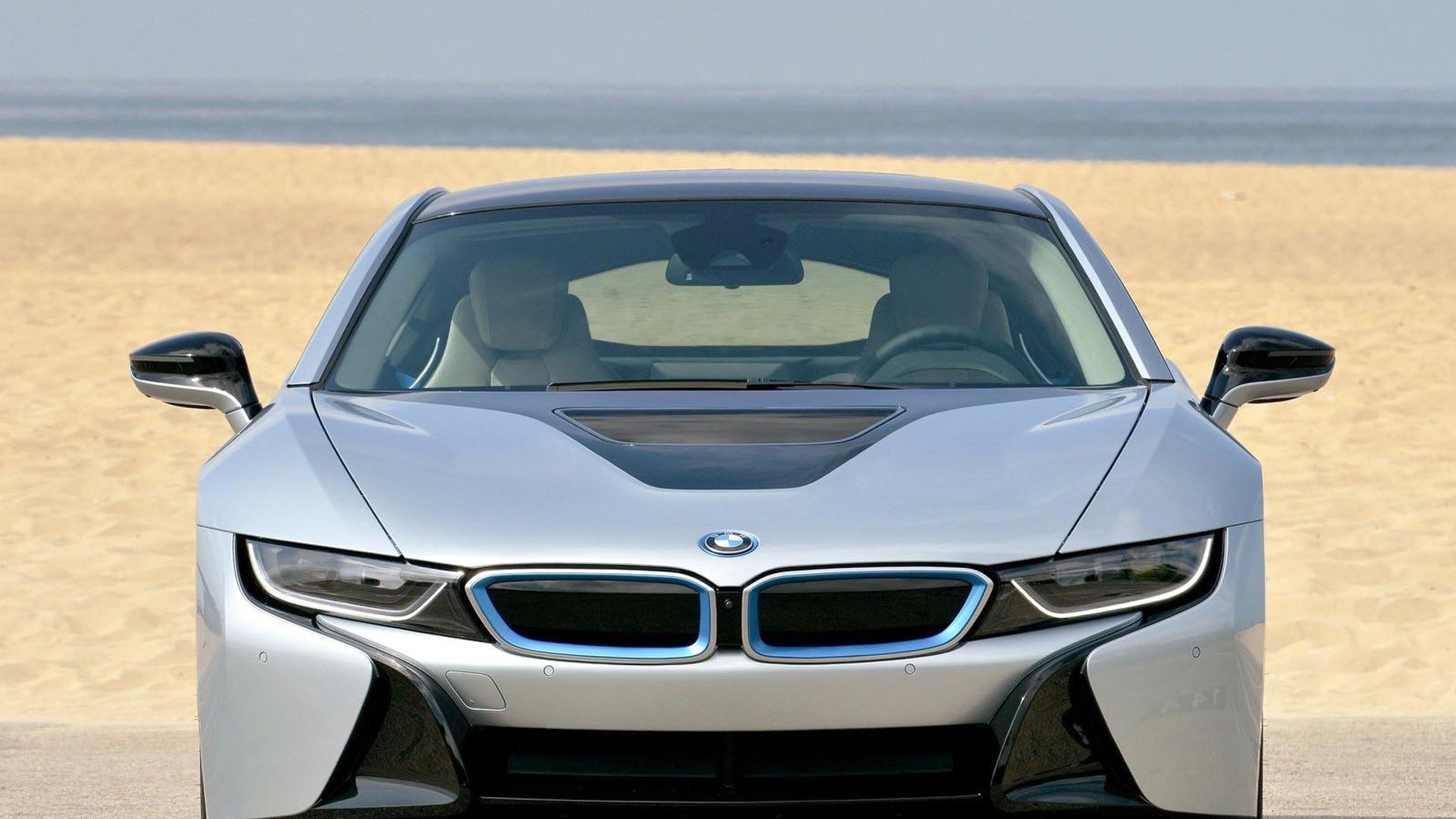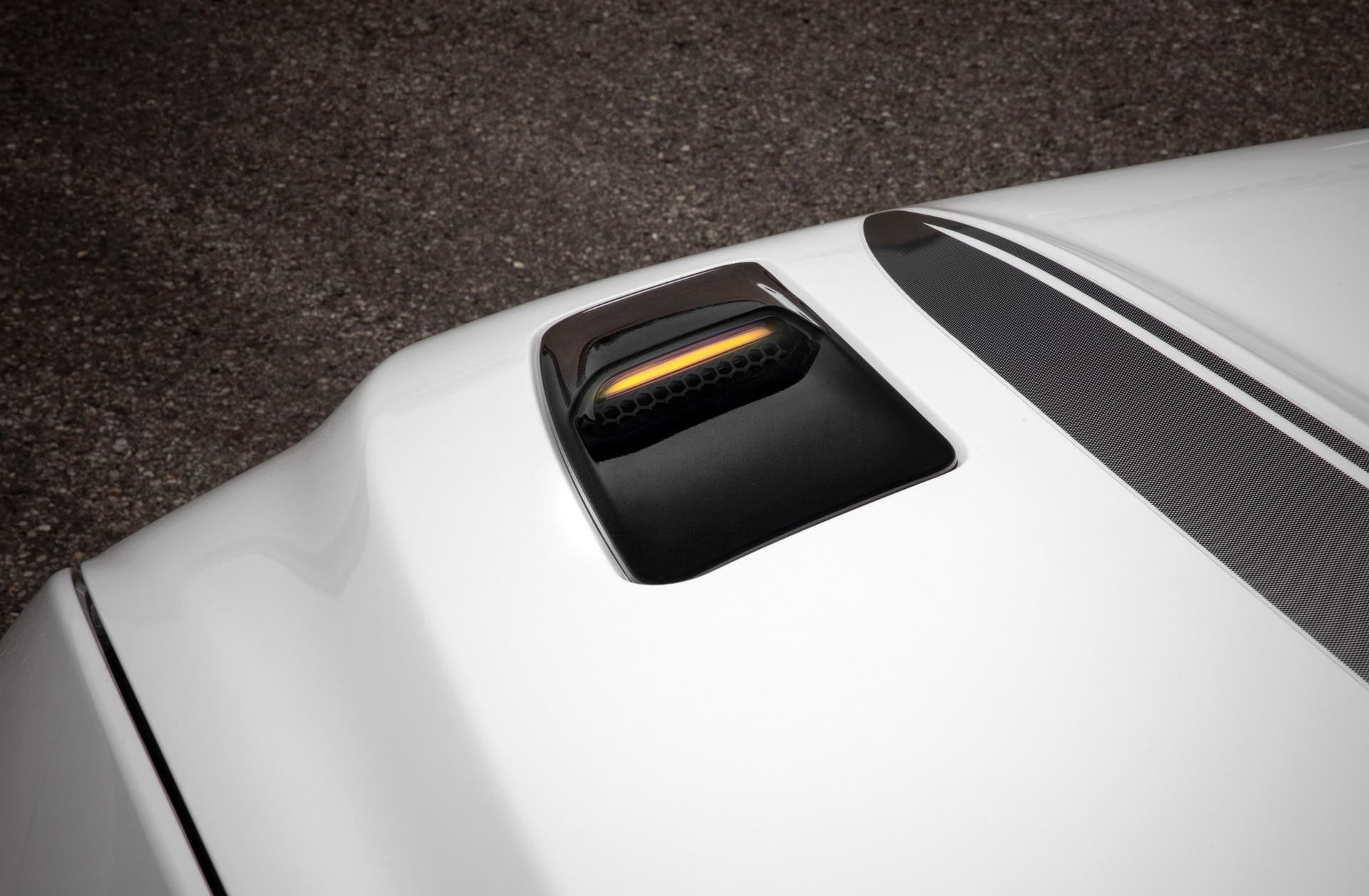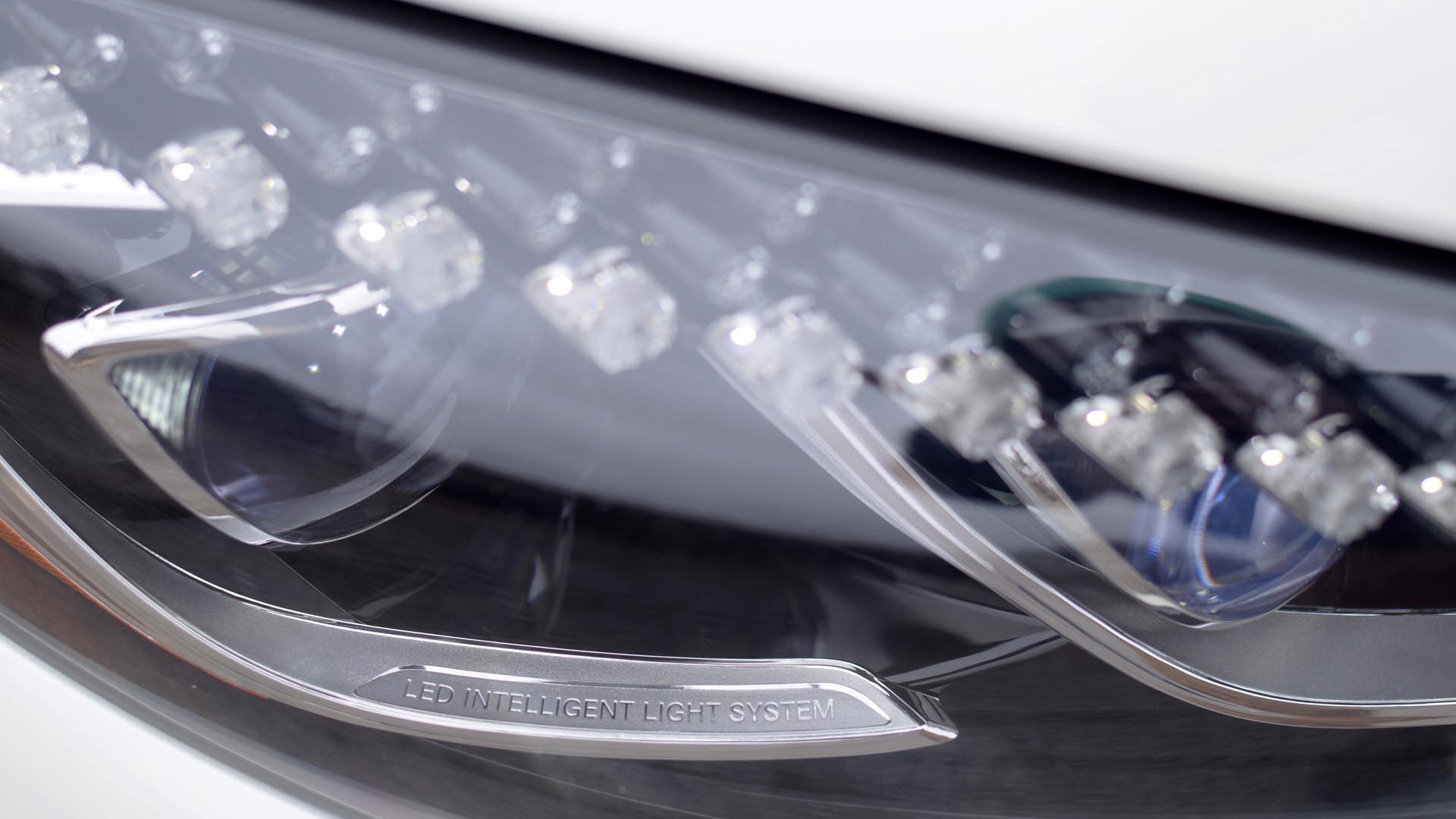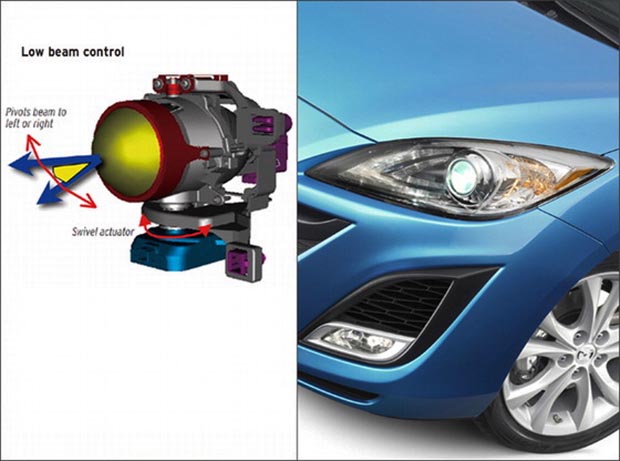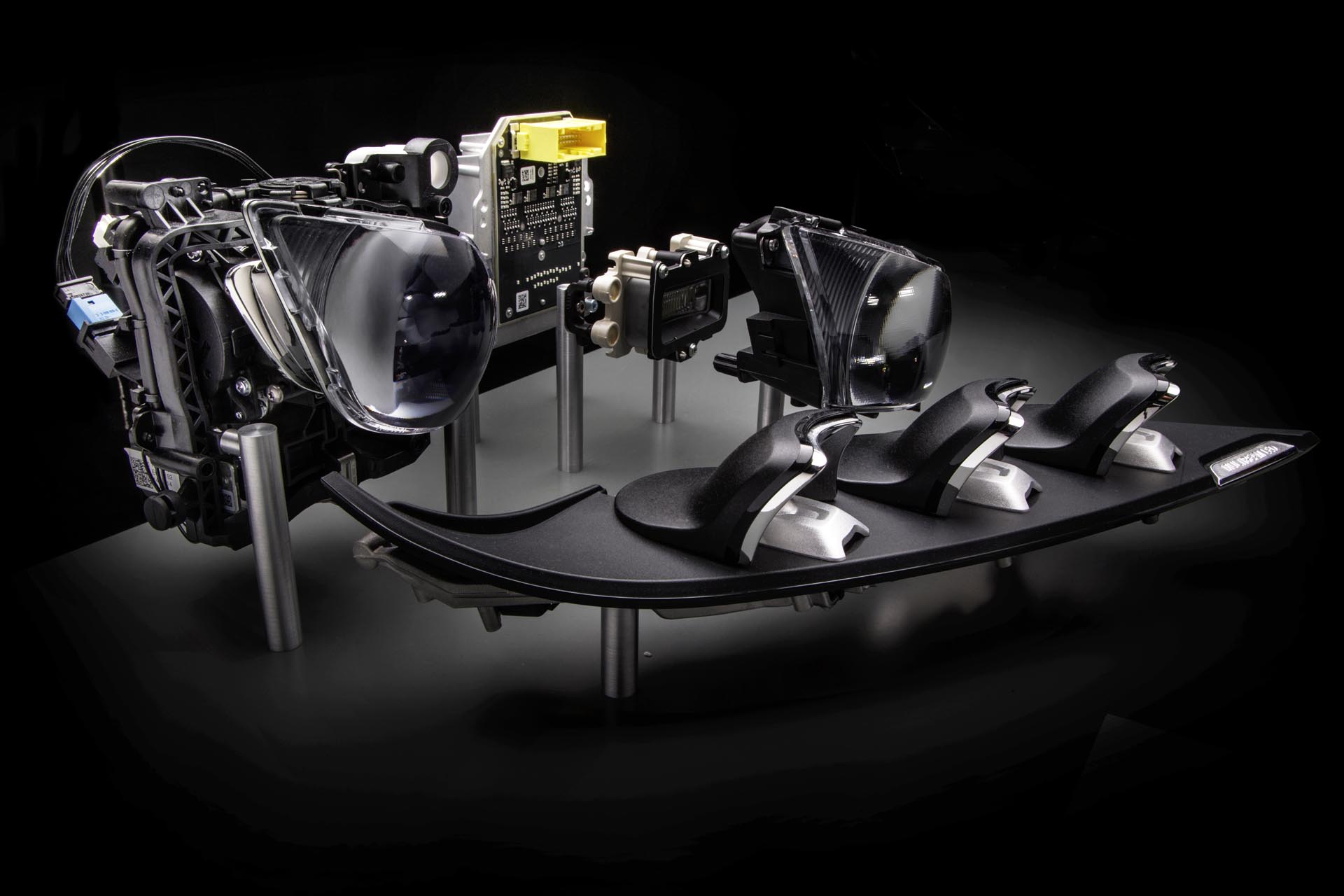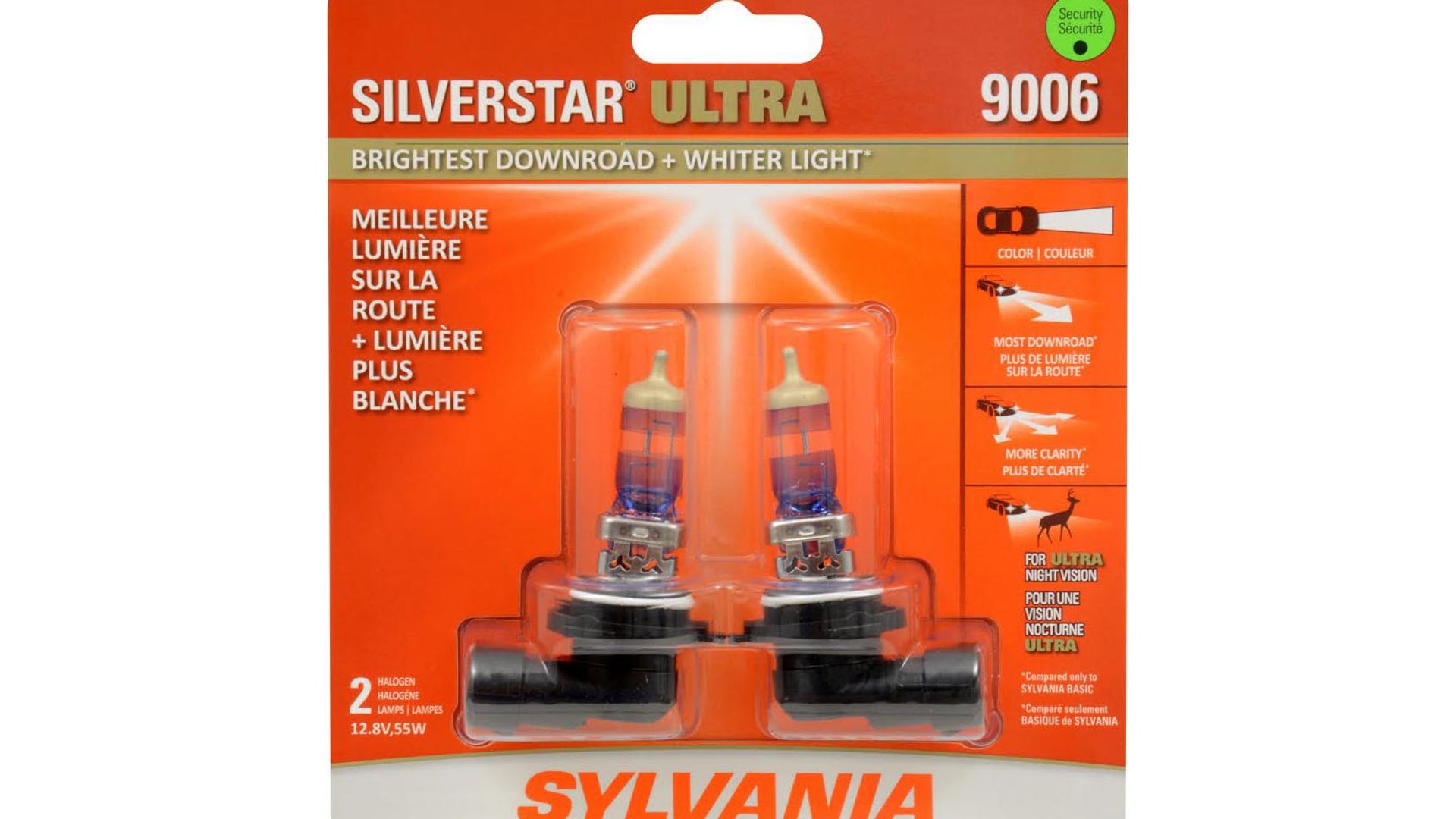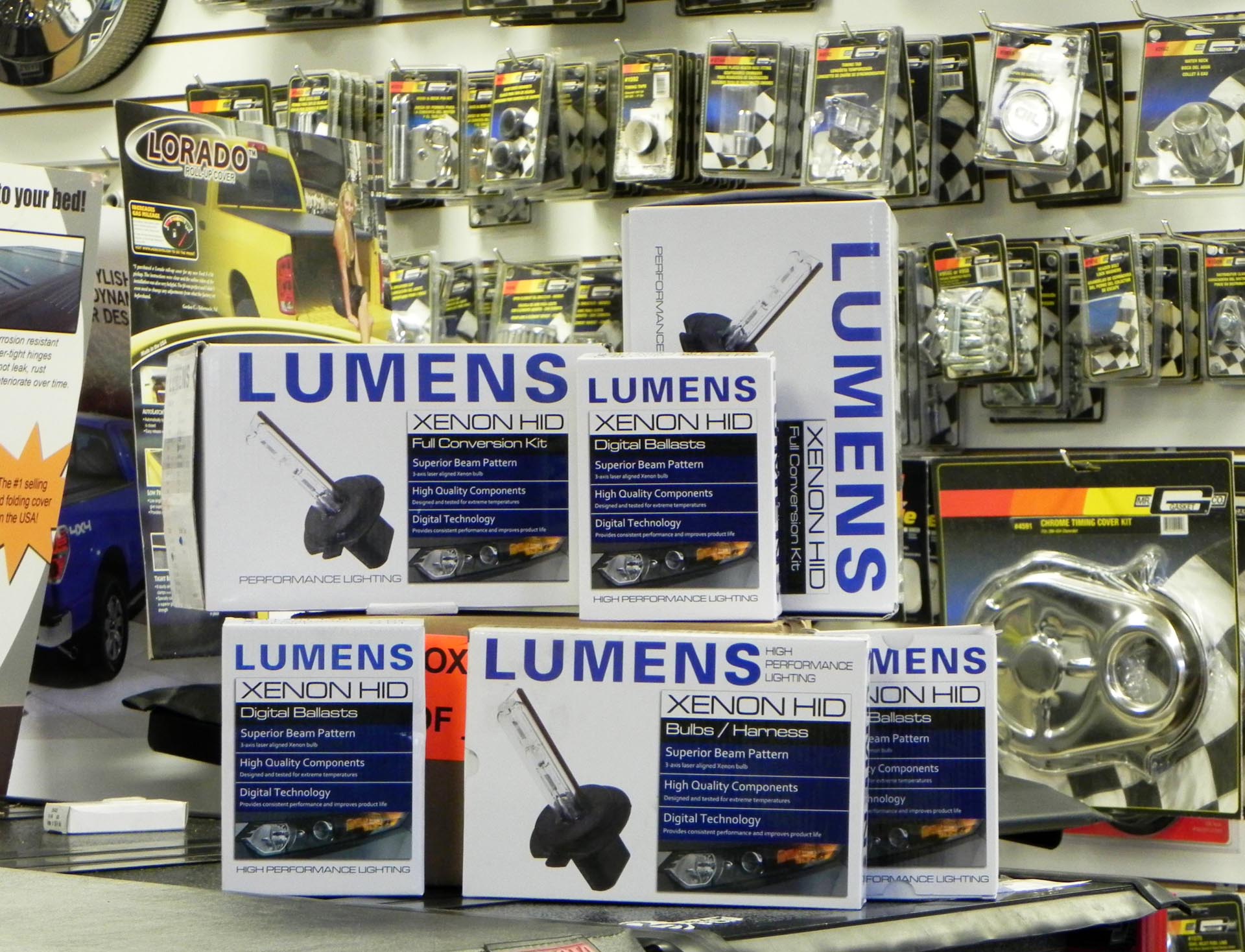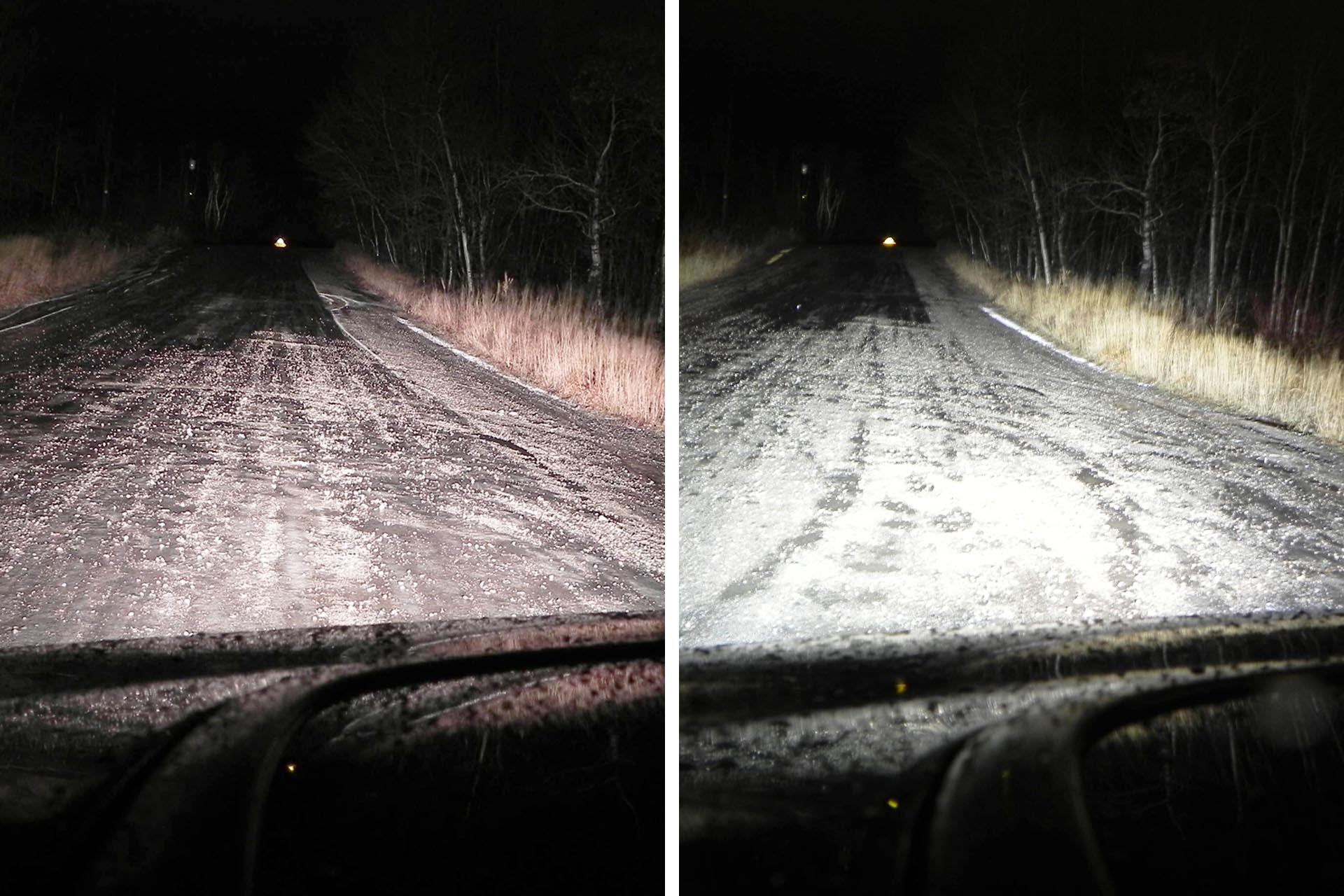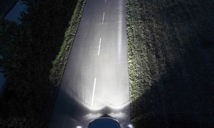 In the past year, science has been pretty sweet. It revealed that there were once man-sized mega-penguins roaming the earth. It allowed humankind to take a photograph of freaking Pluto less than a year after landing a harpoon-powered space probe on a moving comet. Science also taught us that most dogs like to poop while aligned with the earth’s magnetic field. Who doesn’t!?
In the past year, science has been pretty sweet. It revealed that there were once man-sized mega-penguins roaming the earth. It allowed humankind to take a photograph of freaking Pluto less than a year after landing a harpoon-powered space probe on a moving comet. Science also taught us that most dogs like to poop while aligned with the earth’s magnetic field. Who doesn’t!?
Science is advancing the automobile, too, and lighting might just be the next big area of scientific advancement for today’s automakers. Lighting technology is advancing rapidly, and automakers are working harder than ever to bring the next big thing in automotive lighting to market to get us consumers all hot and bothered.
The days of the standard halogen bulb might be numbered. Here’s a look at those halogen bulbs, and the other technologies and novelties that’ll start replacing them while adding more wow factor to the world of automotive lighting.
Lighting Basics
Halogen Lights
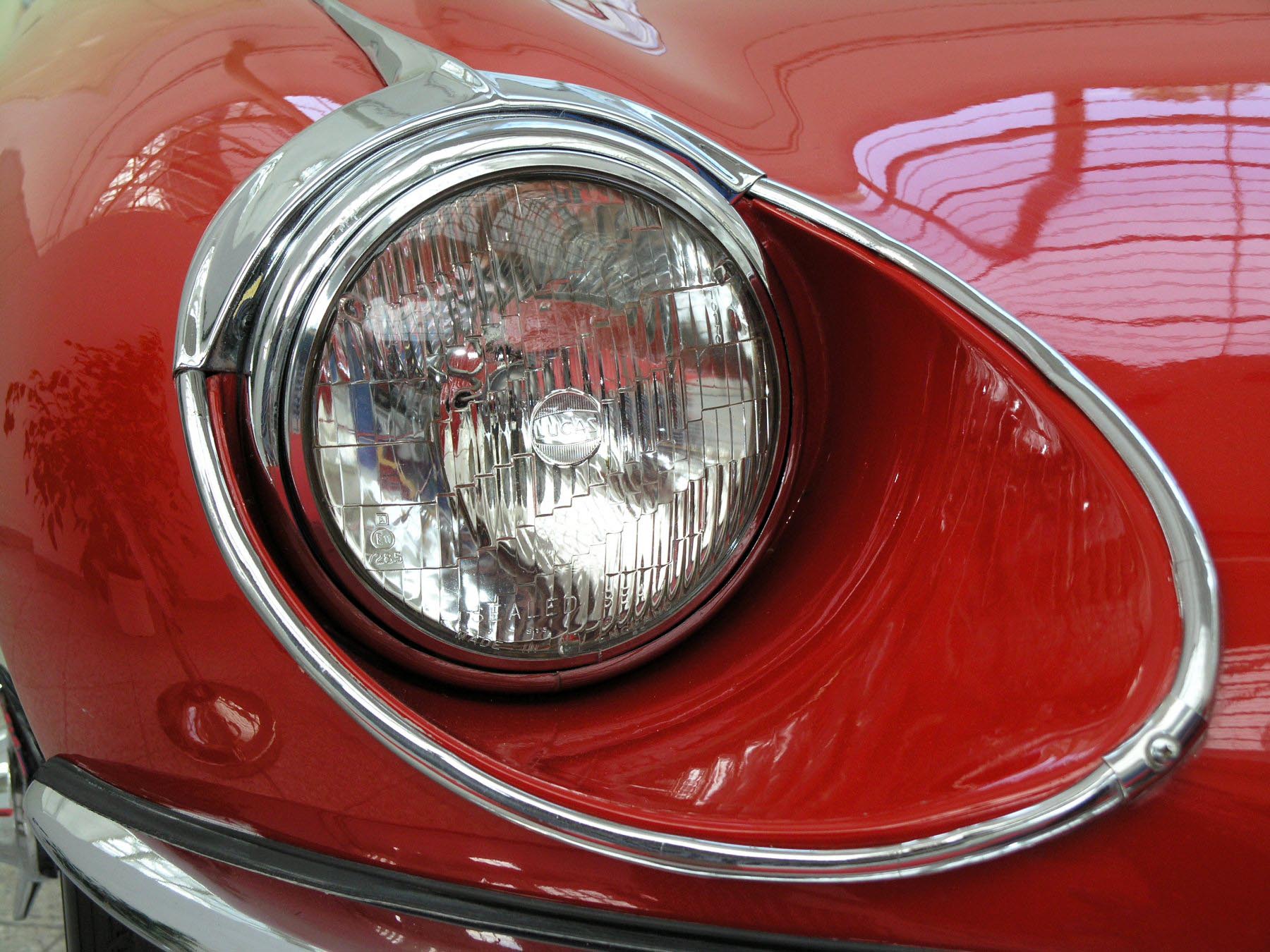
This is a halogen headlight, and it works on the same simple and effective principle as most of the light bulbs you’ll find around your house: by using an electrical current to super-heat an element to glowing-white-hot temperatures. The bulb is filled with halogen gas, which improves the bulb’s lifespan and creates a whiter, more powerful light.
Simple, cheap and highly effective, most new cars use halogen for lighting. Within a fraction of a second after activation, a halogen bulb filament reaches temperatures exceeding 2,200 degrees Celsius. That’s hawt! Also, if you’re all sciencey, you’ll find it just dandy that halogen gas reacts with the tungsten vapor emitted from the hot filament, and re-deposits it, helping the bulb last longer. It’s like a built-in, chemically-driven recycling process.
Pros? If you burn a halogen bulb out on the move, you’ll likely be able to find a replacement at the nearest gas station or convenience store. Cons? Limited light output and bulb life are key relative drawbacks, and halogen lighting wastes heaps of energy, since halogen creates more heat than light.
Xenon Fired
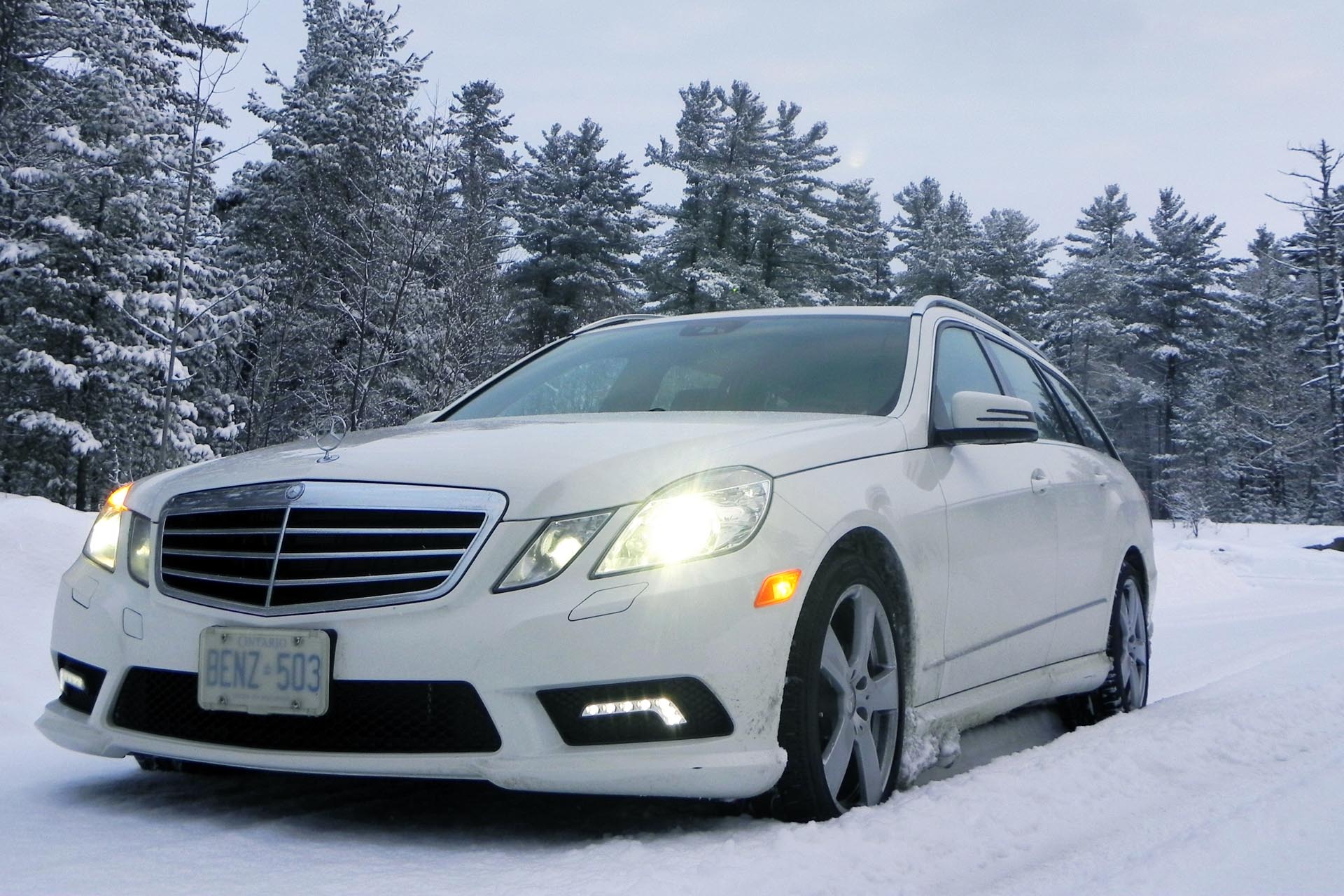
Xenon lights are classy. You can identify them easily thanks to the dazzling and vivid white or blue light, and high-intensity illumination. An electric current is used to ionize xenon gas contained within a capsule that houses two electrodes. Once the gas mixture is ionized by the electrical current, the light itself comes from an electric arc created as electrons flow through the ionized gas inside of the capsule. By fiddling with the mix of gasses inside of the capsules, the color of the light output can be manipulated. With xenon gas lighting systems, less of the lighting system’s energy is used to create heat, and more is used to create actual illumination. This means that xenon lighting systems are more energy efficient, can create less heat, and offer longer service life than traditional halogen bulbs.
Lightning in a Jar
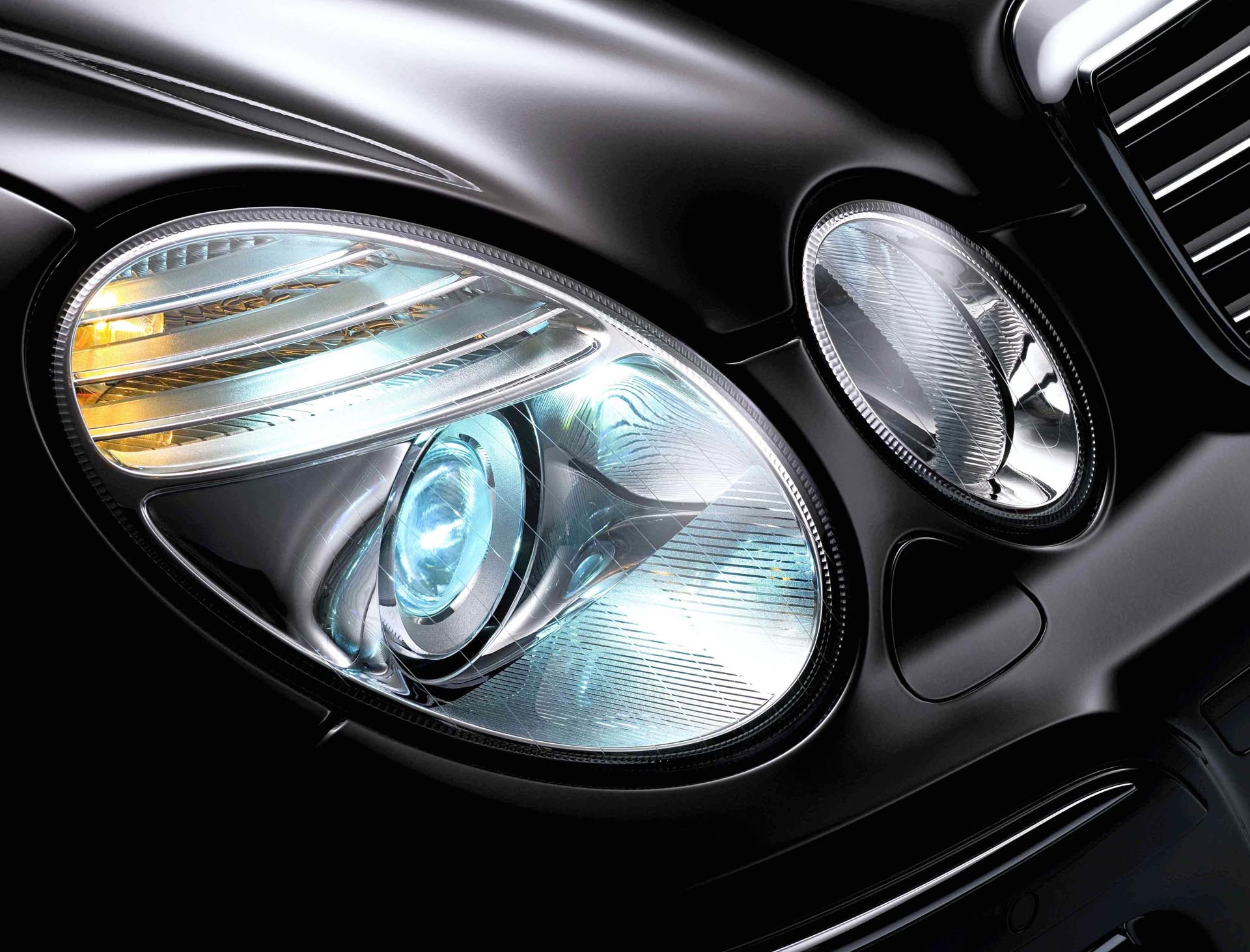
Basically, xenon lights work by controlling the same scientific processes which create lightning, and containing them within a glass capsule. That’s right: if your car has xenon lights, you can tell your buds your car uses lightning to see. Most xenon lighting systems use a projector to focus the extremely-bright lighting into a pattern that won’t blind oncoming traffic. Pros include lower energy usage and better lighting quality, while cons include higher maintenance and up-front costs, as well as the use of some questionable chemical gasses in the light assemblies.
LED Technology
What’s an LED?
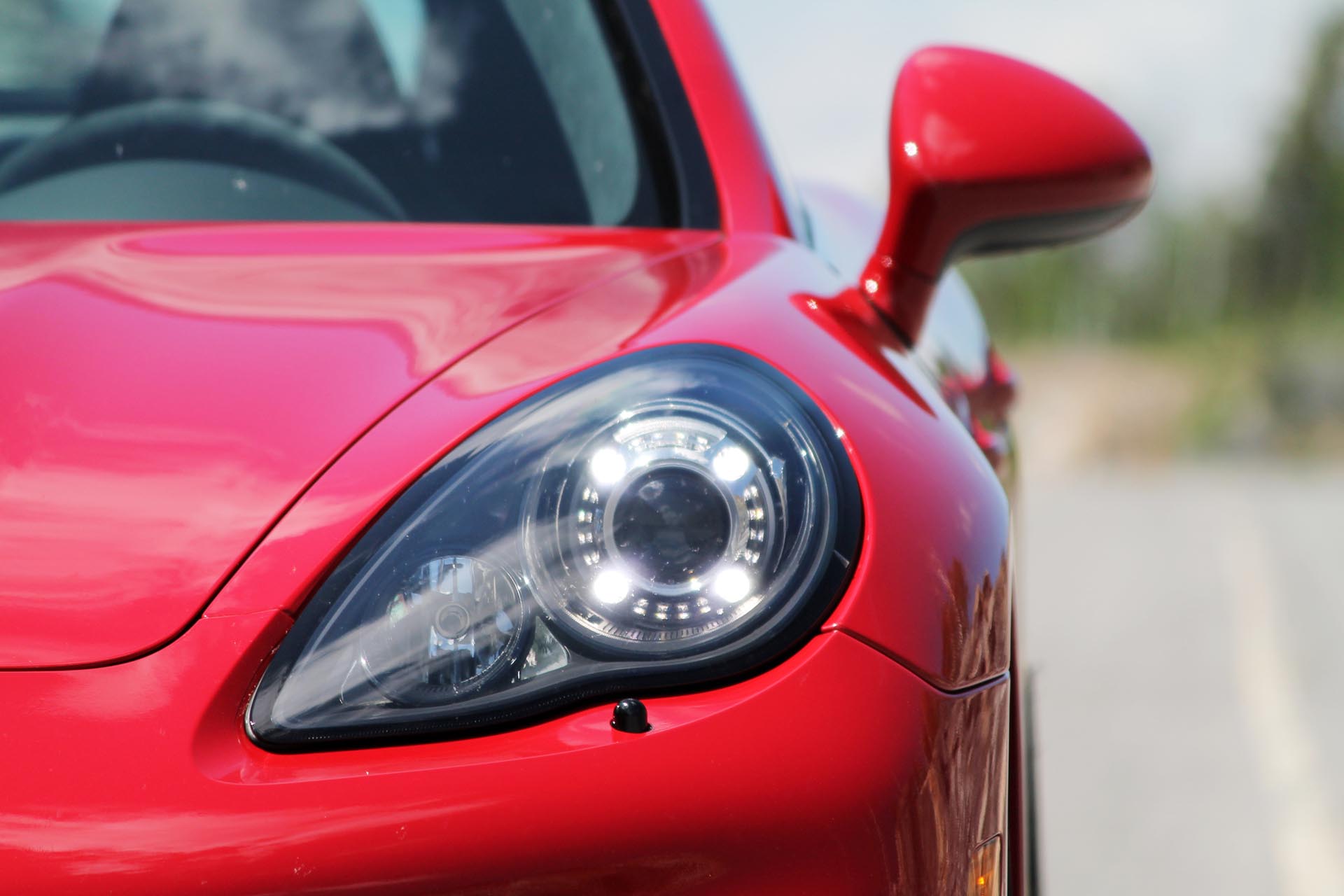
An LED is a Light Emitting Diode. Without any filaments or gasses, light is generated when electrons pass through a special type of semiconductor that causes them to emit a photon, or a tiny chunk of light, in the process. Key draws to LED lighting in household and automotive applications are similar: energy draw is remarkably low in relation to the light output, plus, since there’s no filament to burn out and virtually no heat generated, the life-span of LED lights is basically infinite.
Inside LED Headlights
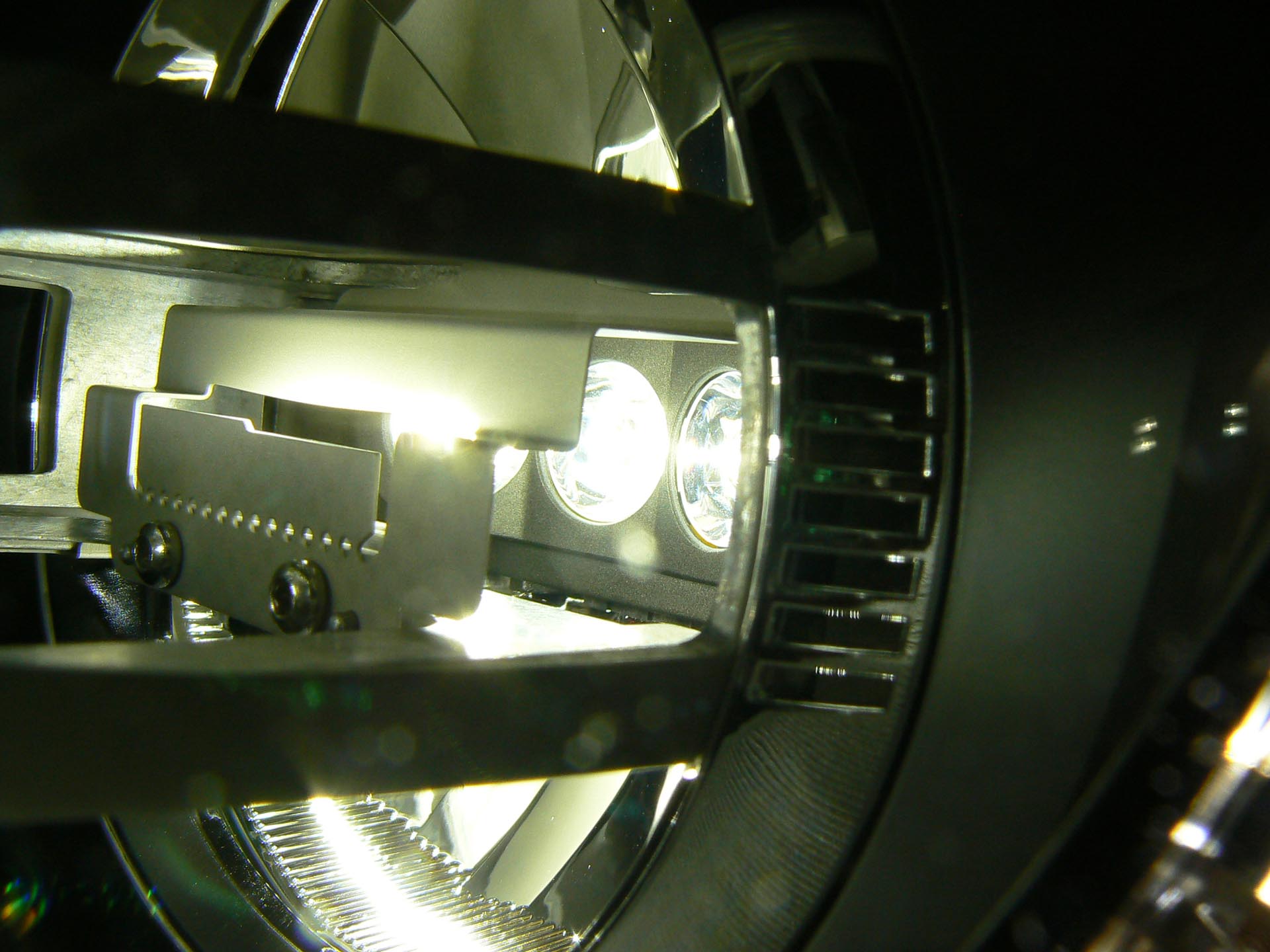
LED lighting technology is relatively expensive up front, and can be sensitive to high-temperature environments. Without very careful heat-sinking, LED lighting systems can suffer damage if used in an area with a high ambient temperature. Above is a close-up of an early LED headlight system, in a 2011 Audi R8.
LED in Action

LED lights switch on instantly, even in extreme cold, making them ideal for headlight and brake-light applications. Since the LED light sources themselves are compact and easily designed into numerous configurations, they can be used in a wide variety of applications. In some vehicles, LED lights are employed for 100 percent of the illumination: from the high-beams to instrument cluster illumination to the license-plate lights.
Automakers are using LED technology more and more to improve lighting quality and create unique lighting signatures for their rides. Above, check out the Dodge Durango, which uses an LED “light pipe” design around its taillamp that’s visible at great distances in inclement weather.
Jewel Eyes
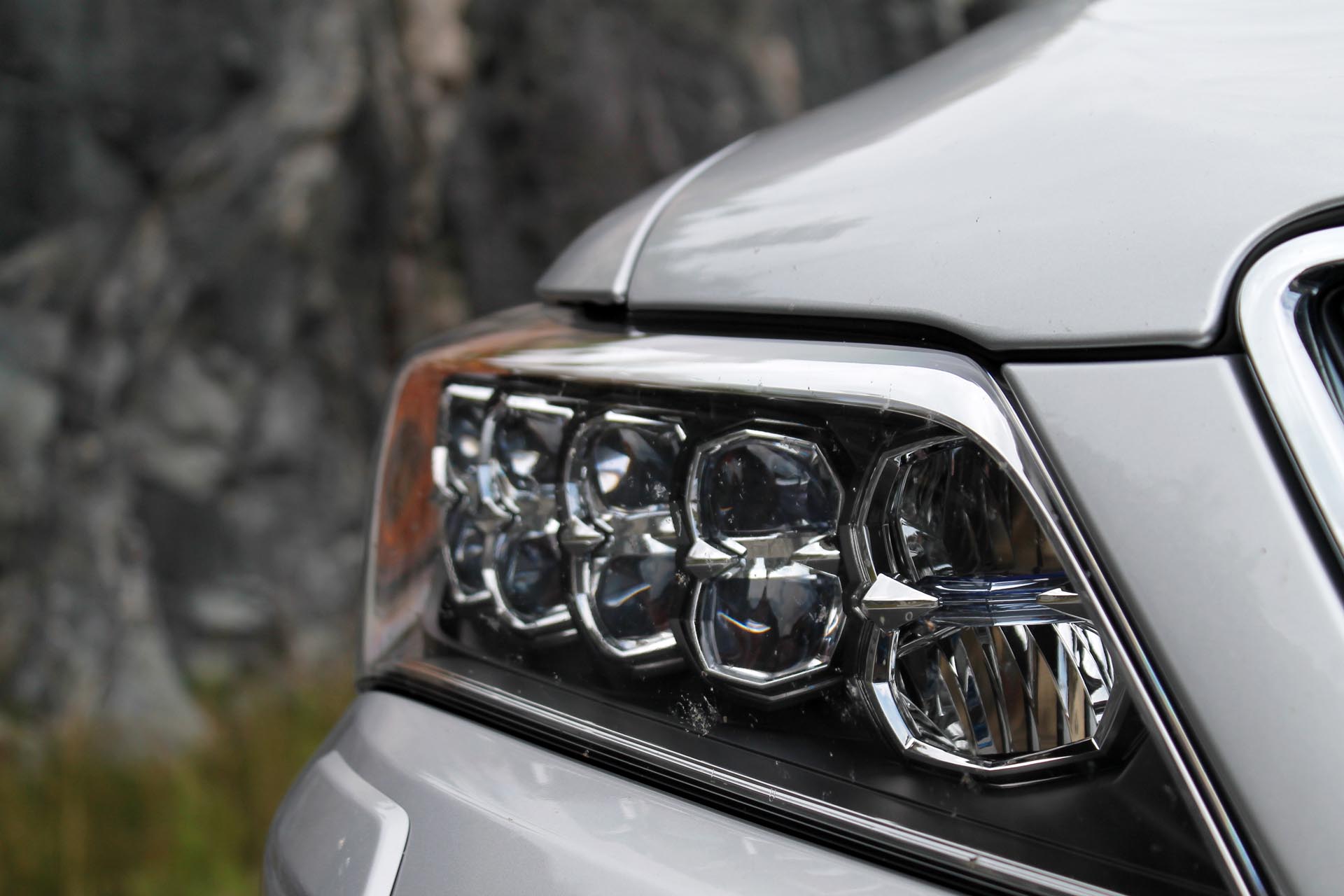
Here’s a new Acura, and its signature “Jewel Eye” headlamps. Using LED technology, the automaker has created a unique looking headlight that turns heads while offering great forward illumination in the process. Each square-shaped segment houses a powerful LED cluster inside.
Jewel Eyes
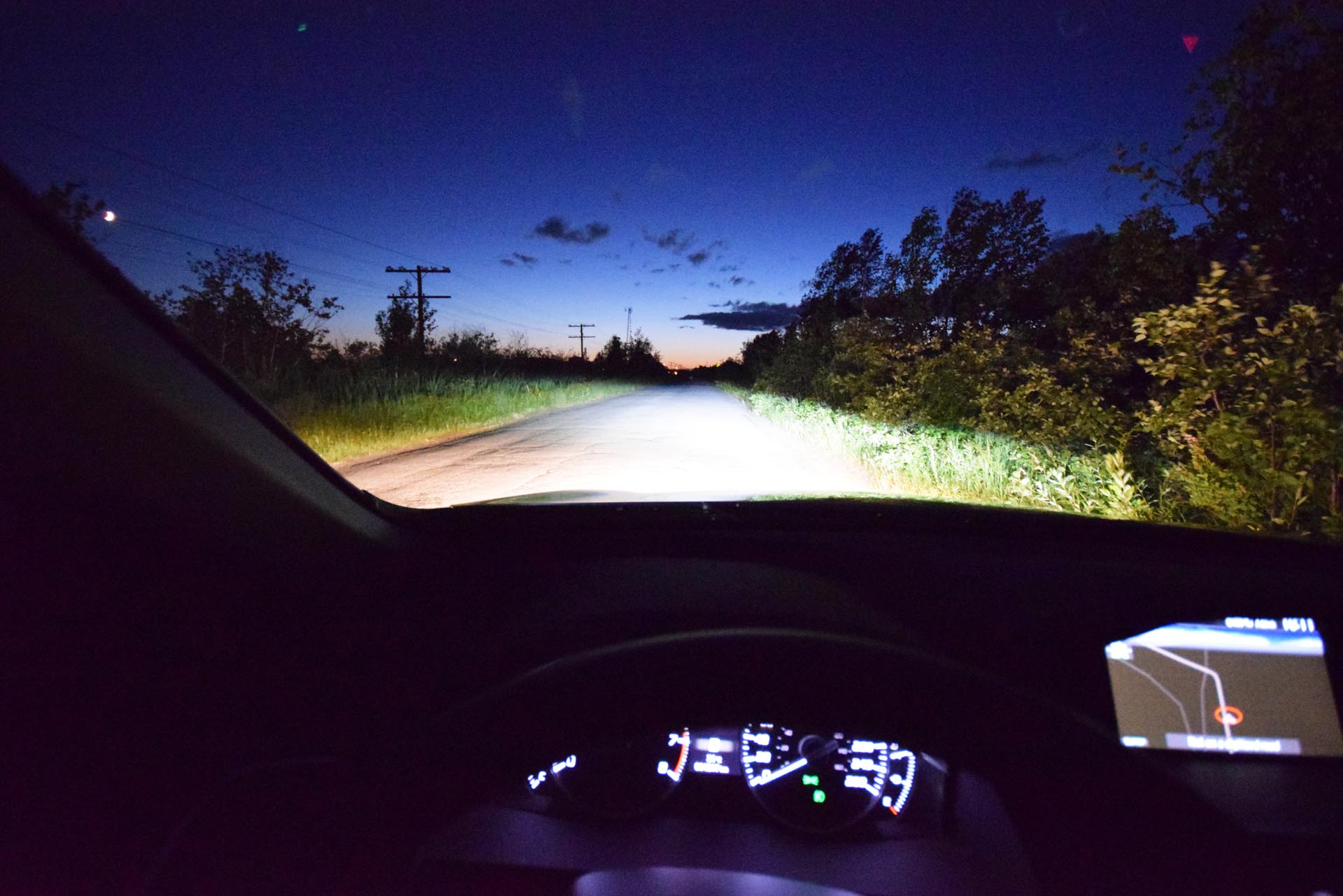
Here’s a visualization of the lighting output from Acura’s LED lighting system, in the new RDX. Note the thick saturation, brilliant cut-off line, minimal dark spots, and peripheral lighting which extends well off of the roadway.
Freaking LASERS!!!!!!!!!!!!!!!!!
Laser Lights
Utilizing the power of lasers to generate brilliant forward illumination is the next big thing in automotive lighting. Unlike the sort of laser you use to annoy fellow moviegoers or set off a furry frenzy of claws through the window of your local cat shelter, laser lights use a blue laser at their functional core – though that’s not what you’ll see.
Laser Lighting Guts
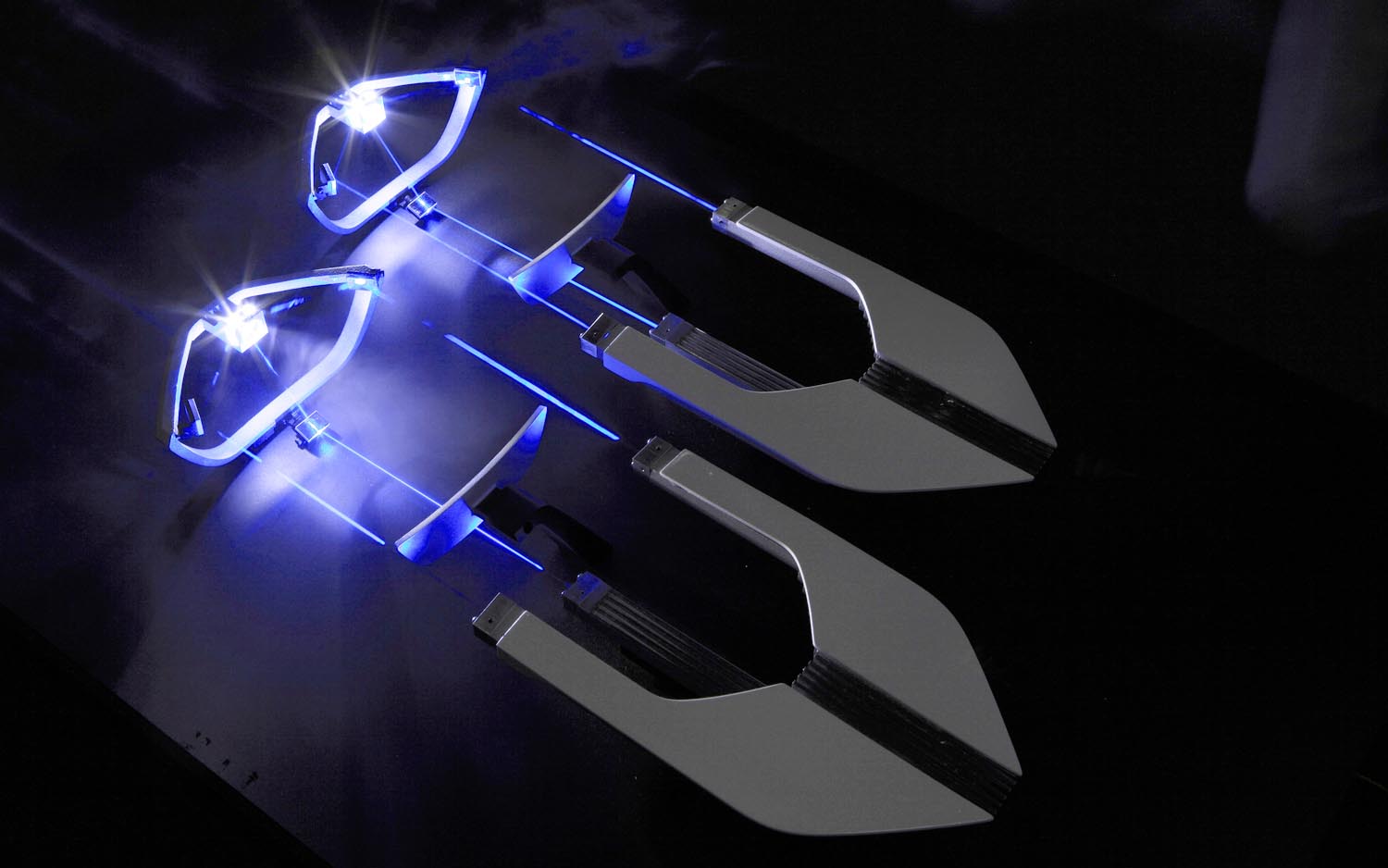
Here are the guts of the laser lighting system. A very thin beam created using half the energy of an LED system, special mirrors and numerous lenses (including one with a special coating that’s also filled with a special gas) turn the dispersed laser light from blue to white as it passes through. Special optics and lenses and projectors control the spread and dispersion of the laser-generated light ahead of the car.
More Neat Things About Lasers
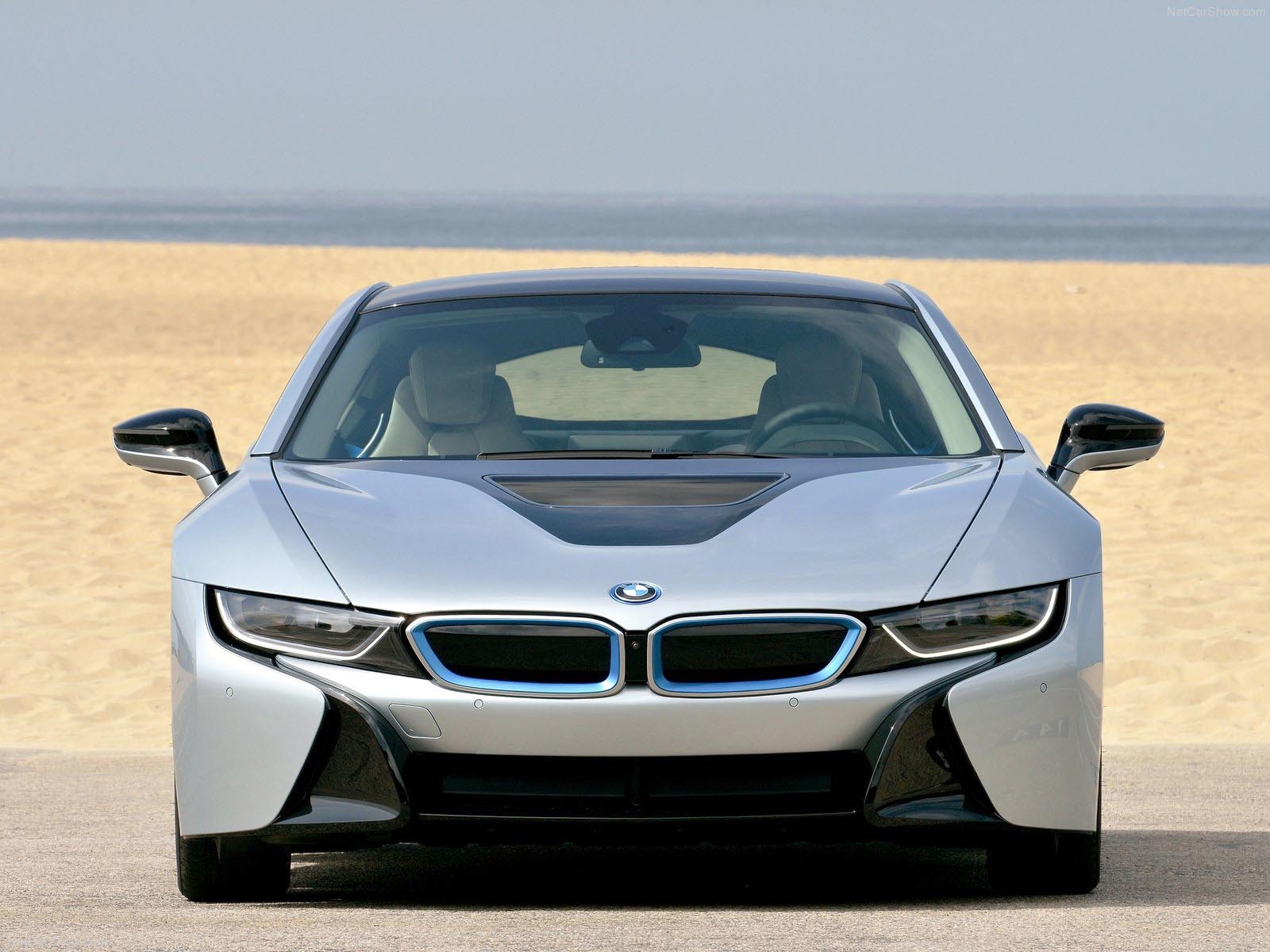
The next-generation laser lights are several times brighter than even an LED high-beam setup, while using about half the energy. They’re lighter and more compact, allowing for more design flexibility. The color of laser light closely matches that of the sun, and can be blasted very, very far up the road. Laser lights are too pricey to become mainstream in the immediate future, and because of North American regulations regarding automotive lighting systems, and limits on maximum permissible light output in particular, we’re not likely to see them here in quantity, any time soon. In Europe, where a few models currently run laser-powered lights, regulations require various control strategies and safety systems to keep the lights in check, and from harming other drivers. Intended as a sort of “super high-beam”, the laser lights are only available above a certain speed, and can’t be used to flash oncoming elderly folks who haven’t switched off their brights.
Neat Lighting Tricks
Ford Mustang Hood Lights
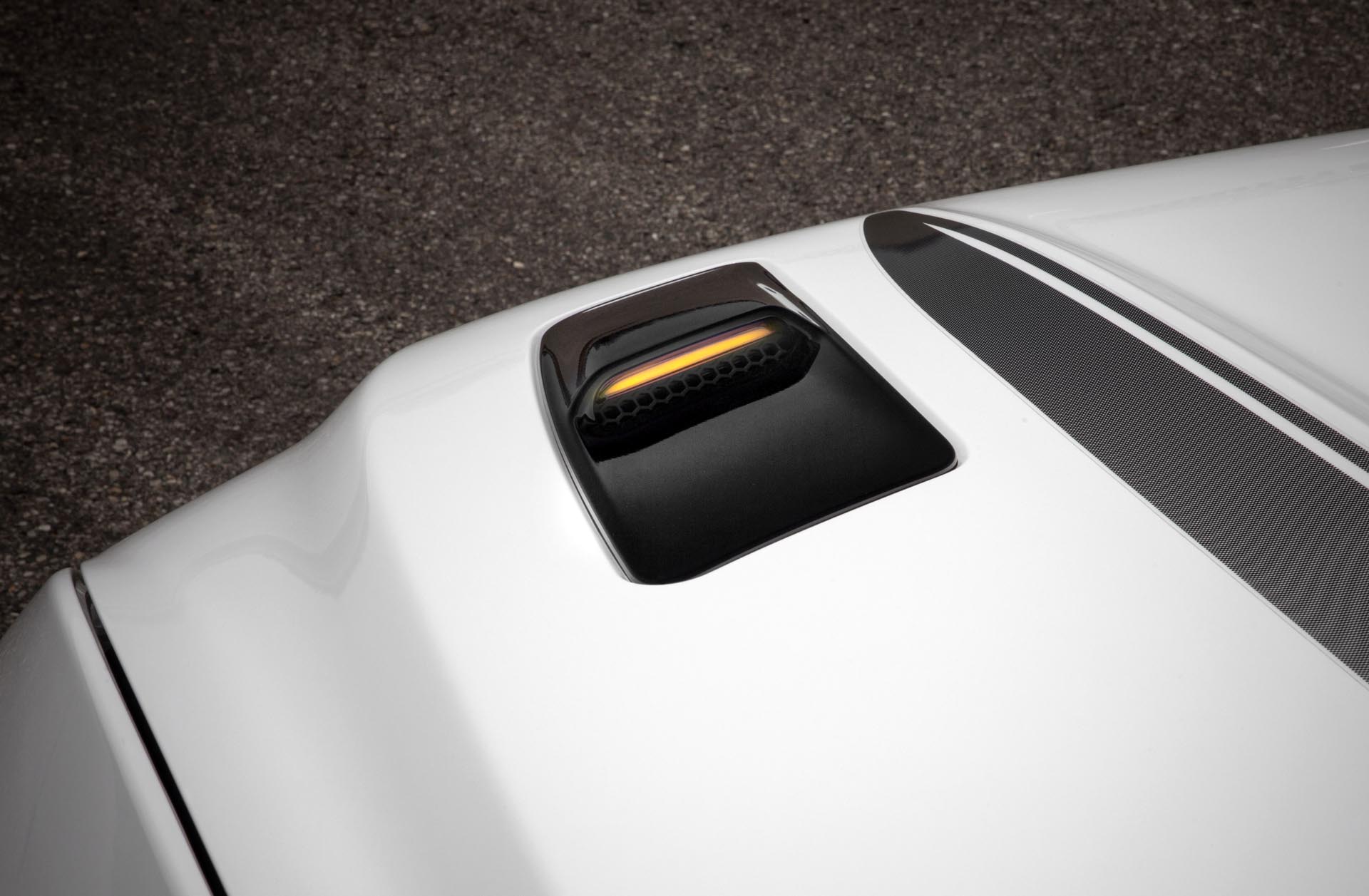
Novelty drives innovation, especially when fans of your car tell you that they want some retro-inspired uniqueness in their lighting system. Case in point? For model-year 2016, Mustang goes back to the sixties with the implementation of secondary signal indicators in the hood vents, as a nod to an iconic piece of pony-car DNA. Now, this exclusive feature adds some appeal, and serves an additional heads-up for drivers.
Swarovski Crystal Lights
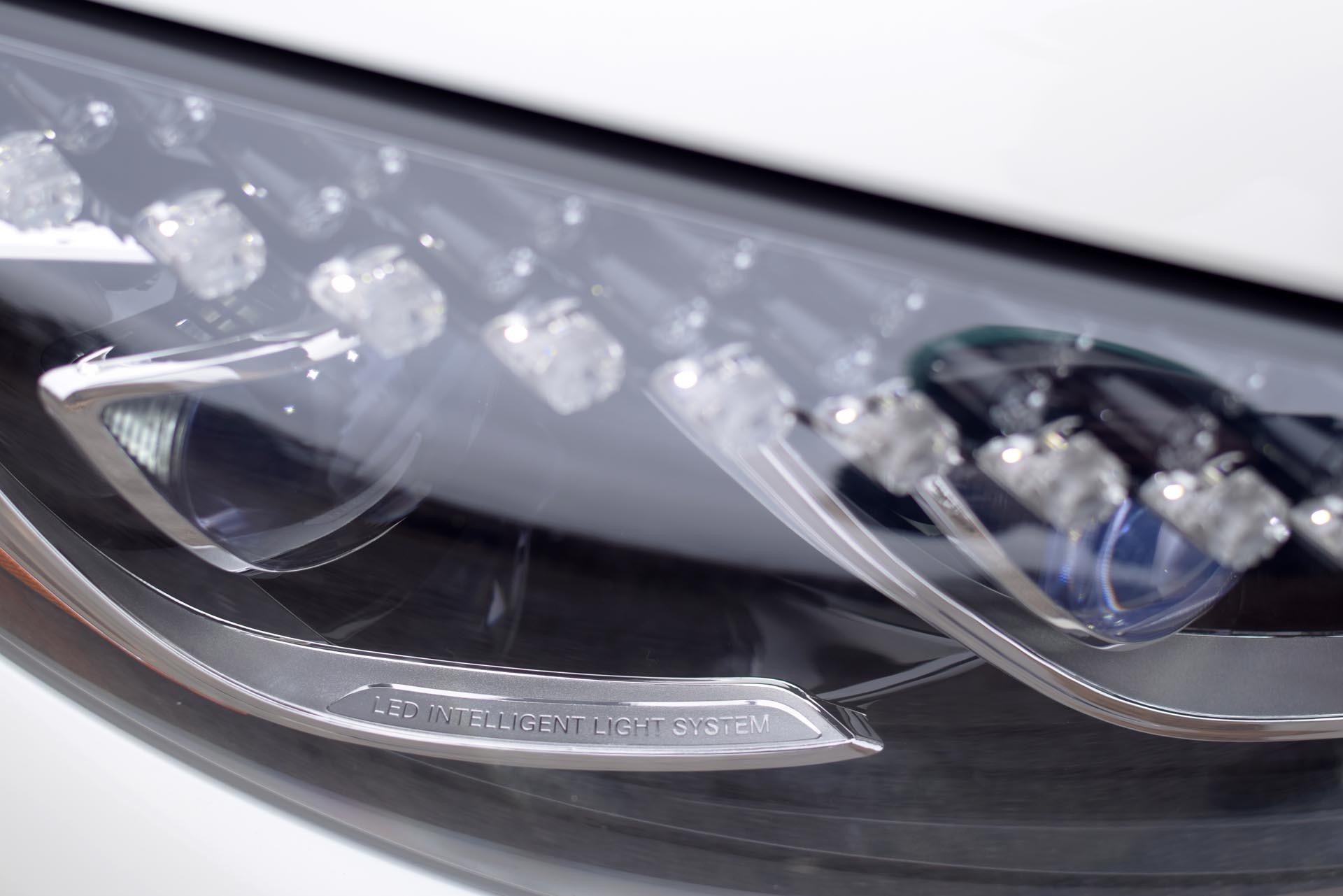
How’s this for novelty: give your local Mercedes dealership an extra $4,500, and they’ll cap the LED’s in your new S-Class with an array of teensy Swarovski crystals for extra posh-factor, and an extra-shimmery after-dark lighting signature.
Bending Light
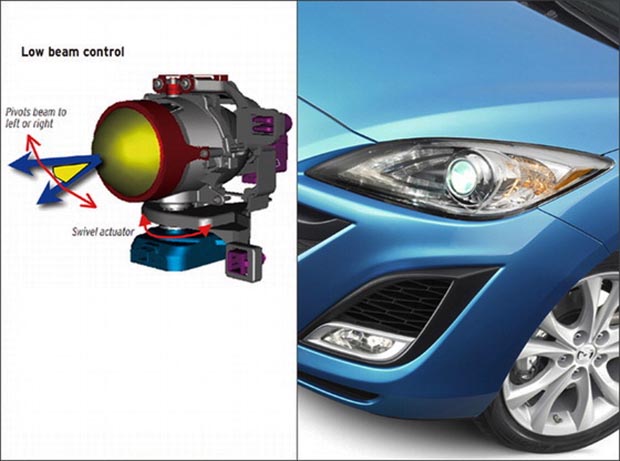
With the ability to virtually ‘bend’ light into corners, rather than off of the corner’s edge, vehicles with an Adaptive Front lighting System (AFS), or adaptive headlights, ensure drivers always get optimal illumination wherever it’s needed. Once reserved for big-dollar luxury cars, this technology is now more common and affordable than ever. Here, you can see it in the Mazda 3.
Smart Beams
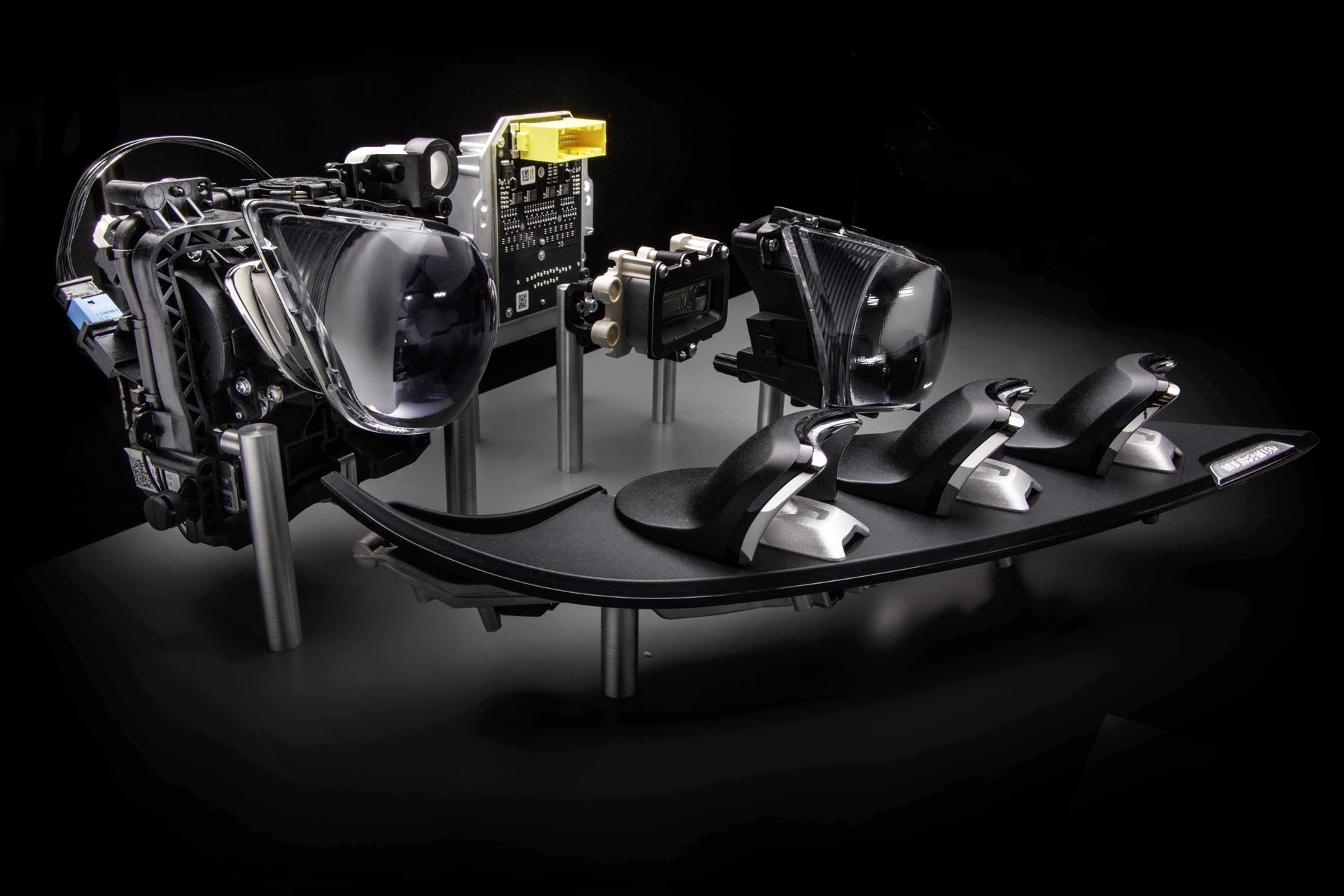
Headlights are smarter than ever these days. Cameras check the traffic situation up the road, automatically dimming the high-beams in some models to prevent blinding other motorists. More advanced versions of this system can even use special lighting arrays that can cut a notch out of the lighting pattern, effectively lowering the high-beams only for the width of the oncoming car, and leaving all other areas lit up. Super advanced systems even use data from a radar and night-vision camera system to project a flashing spotlight onto pedestrians along the side of dark roadways. Above are the internals of the Mercedes MULTIBEAM LED headlamps.
DIY Upgrades
Premium Bulbs
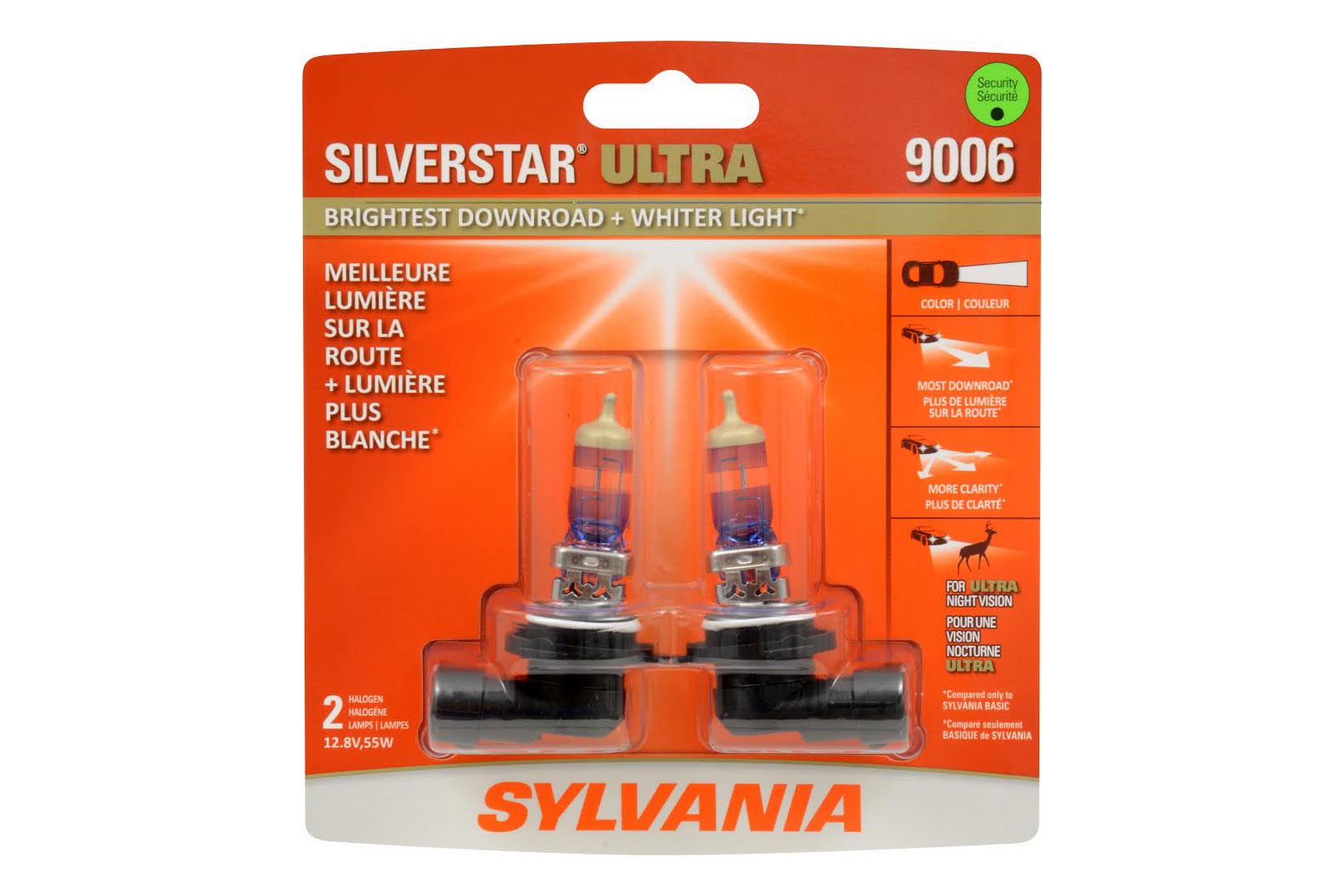
Here’s a set of upgraded Sylvania halogen bulbs. As most factory halogen bulbs are built to a price-point and little else, companies like Sylvania have capitalized on the demand for improved lighting performance without extensive lighting system modification. A quality set of drop-in bulbs like these should improve lighting colour and saturation in most rides.
DIY Xenon
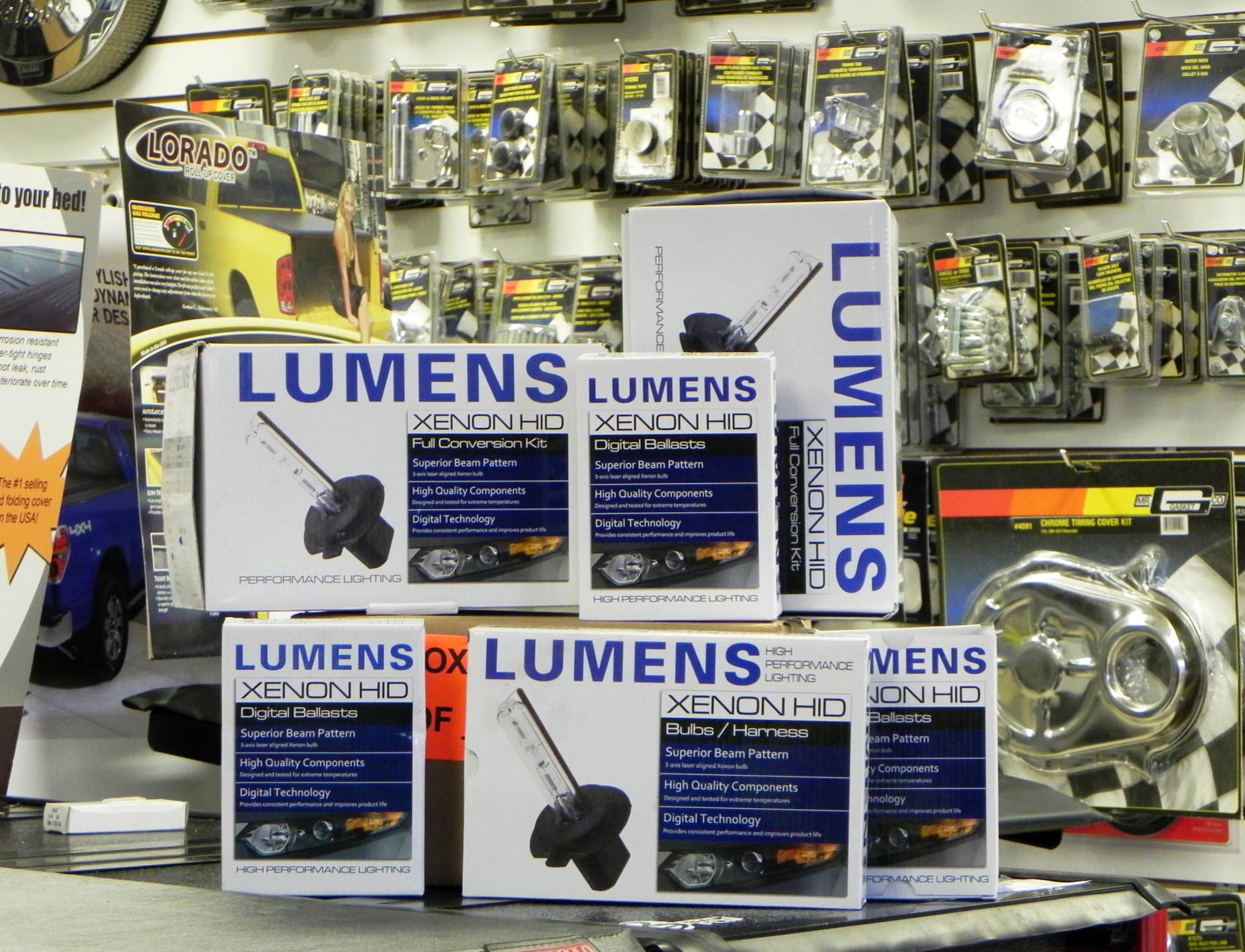
Kits like this one, from Lumens, are popular with do-it-yourself types after the look and performance of xenon lighting in a ride that doesn’t have xenon lights. Installing power ballasts and xenon lighting hardware gives the vehicle in question that signature xenon look, and, depending on the quality of the factory optics behind which the Lumens lights are installed, improved lighting output. Note that installation of non-factory lighting systems like this one may be in violation of certain laws in certain locales, so do your homework first.
Better Lighting
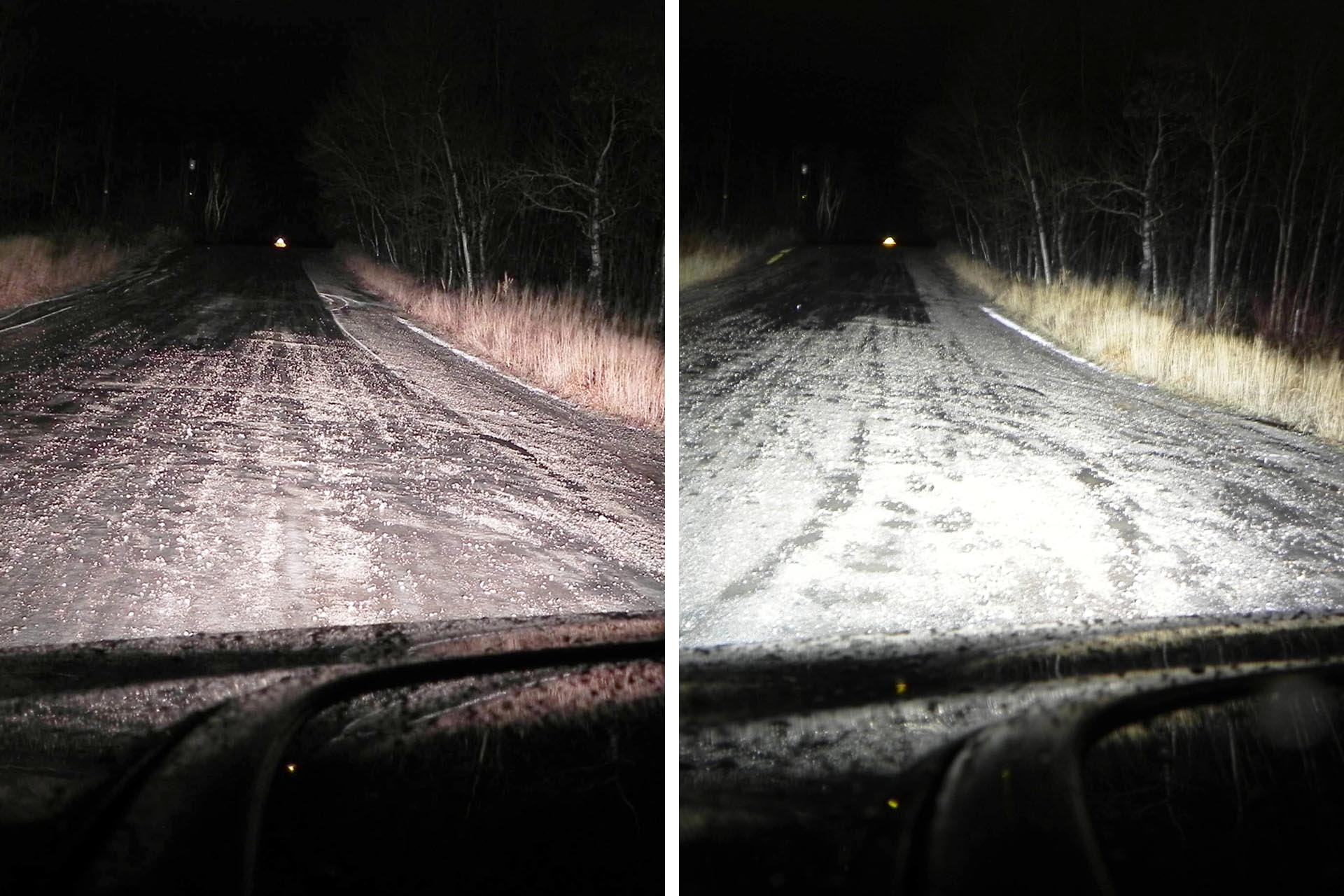
Here, you can see the difference in lighting output and saturation after installing a drop-in xenon lighting kit. Note the whiter, farther-reaching light and reduced dark spots on the road ahead.
